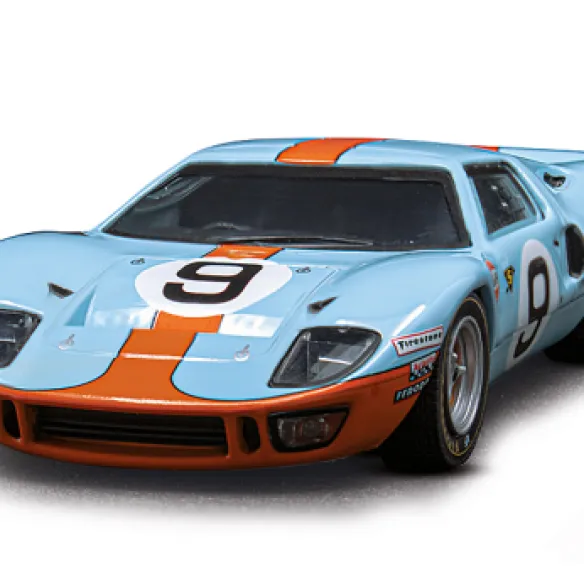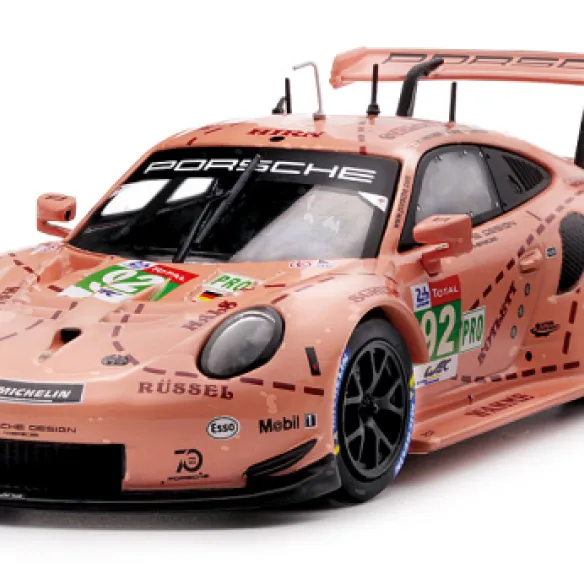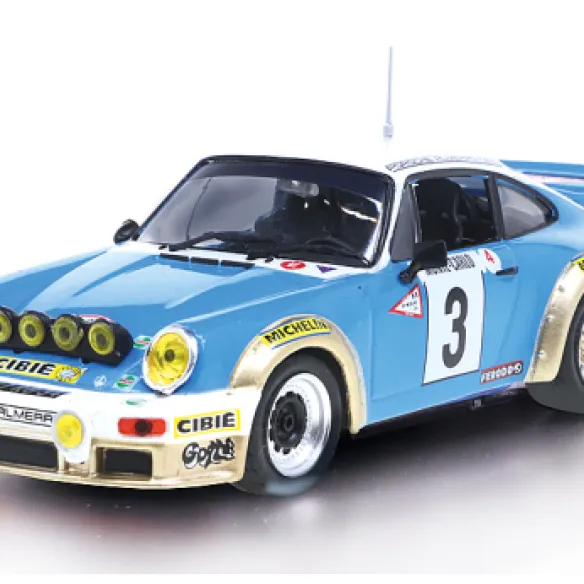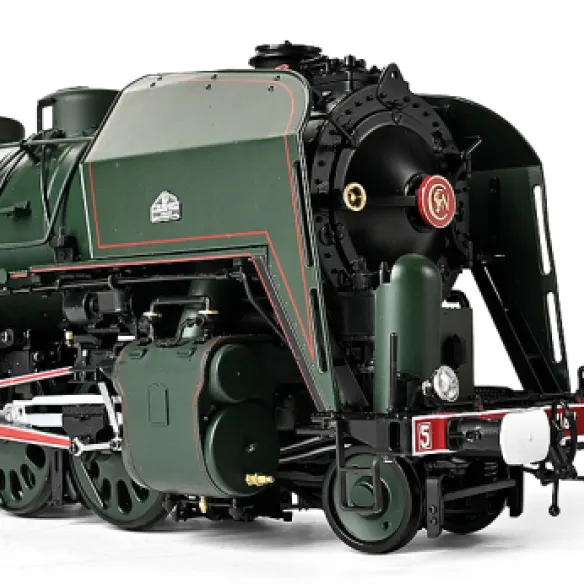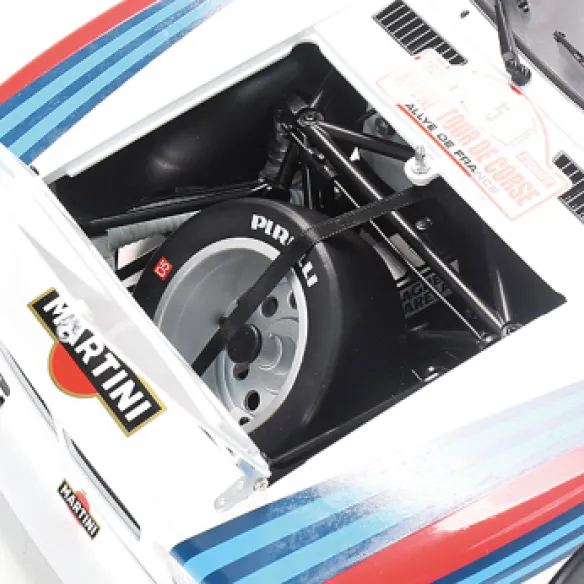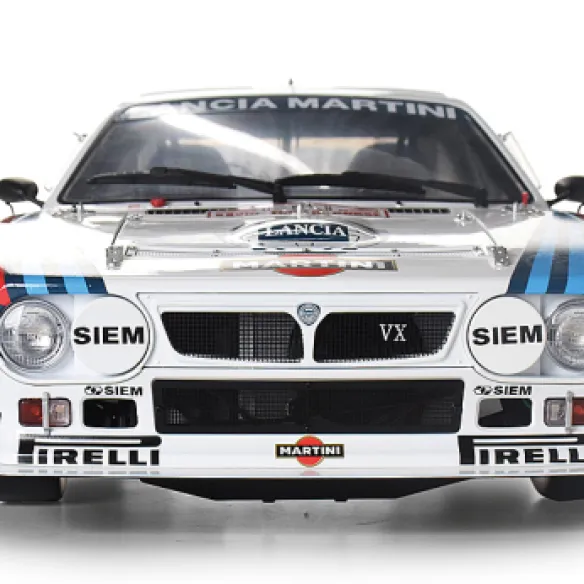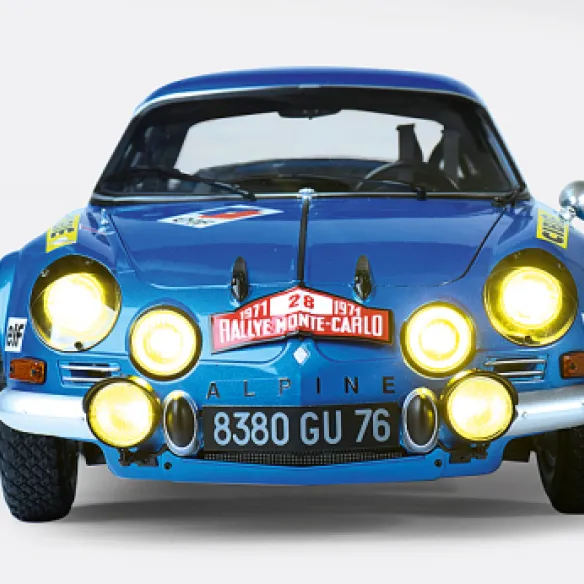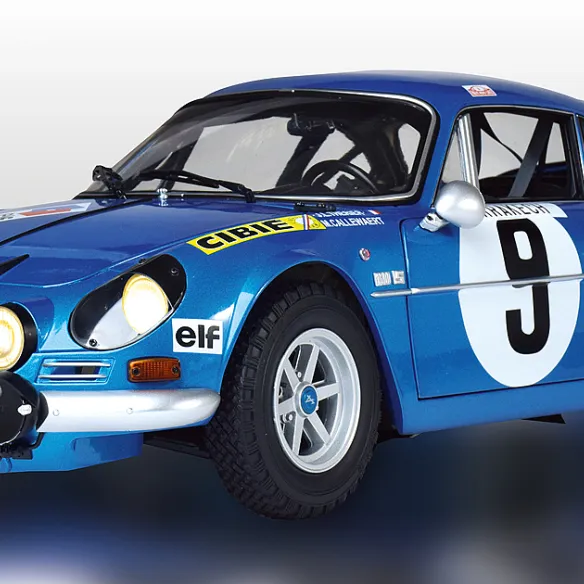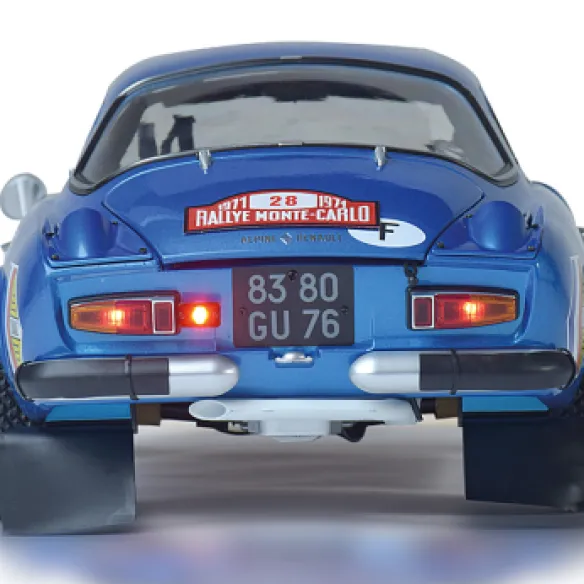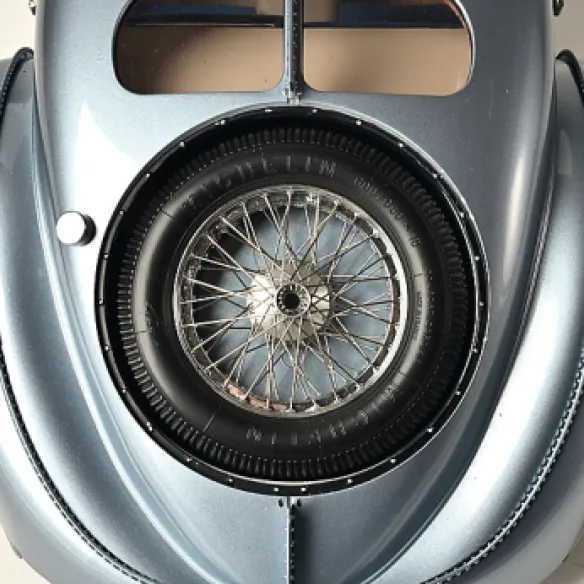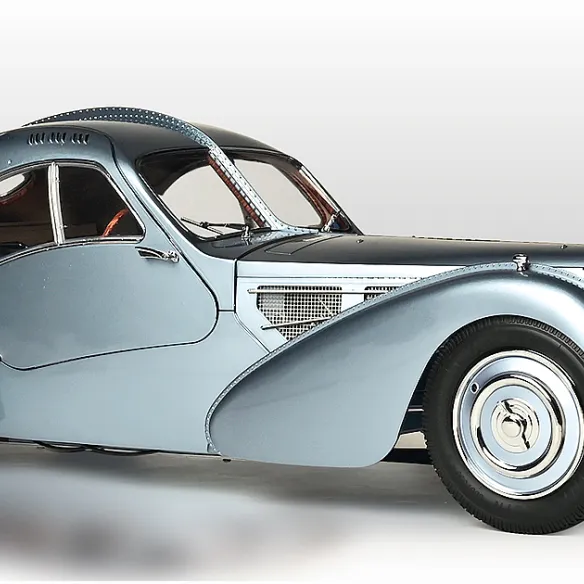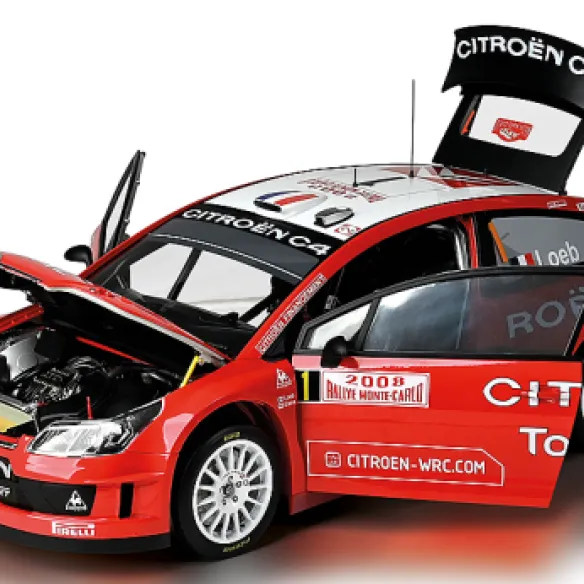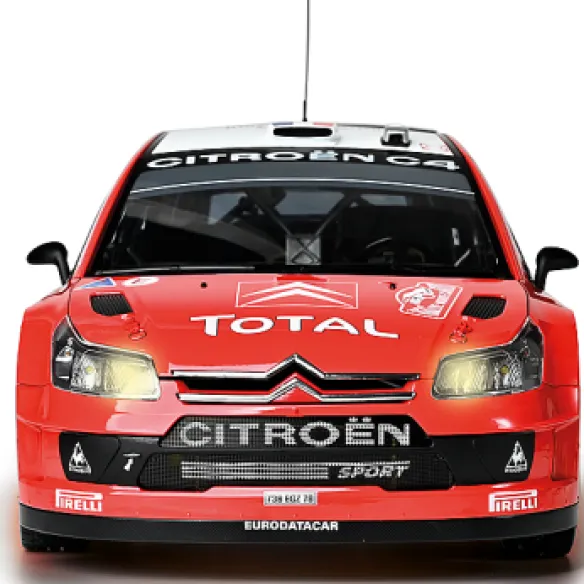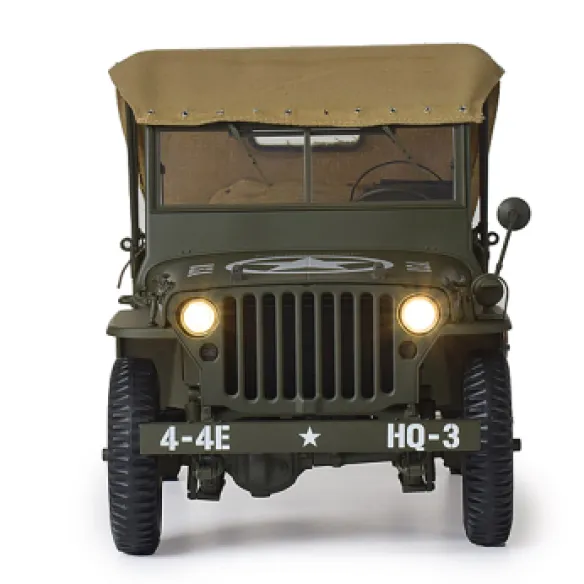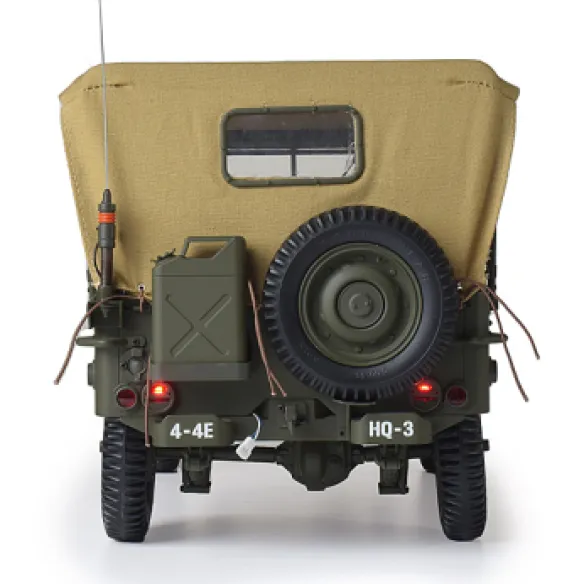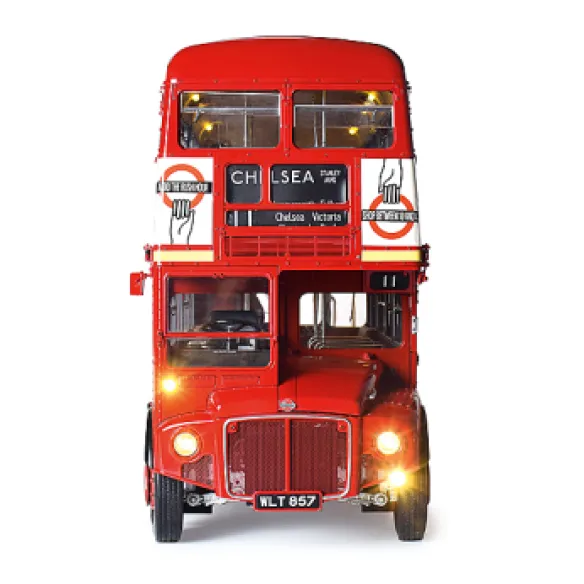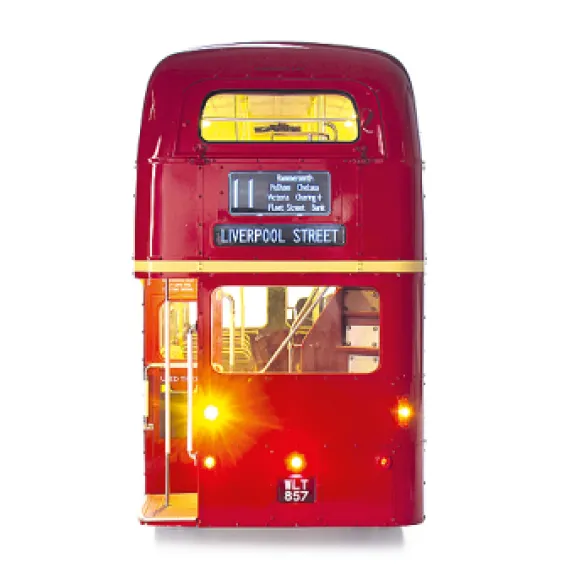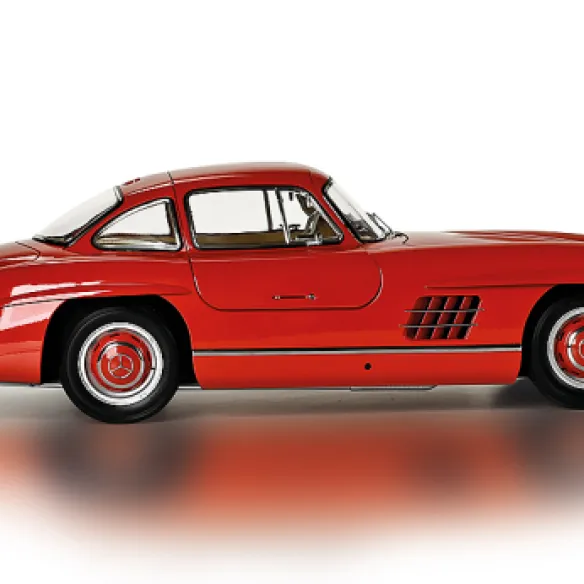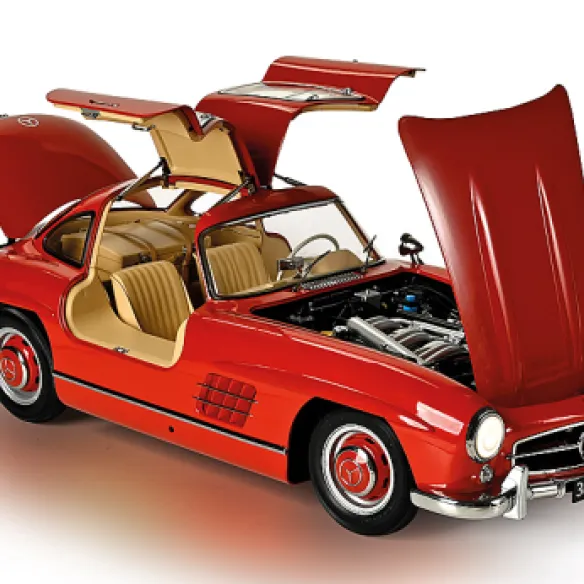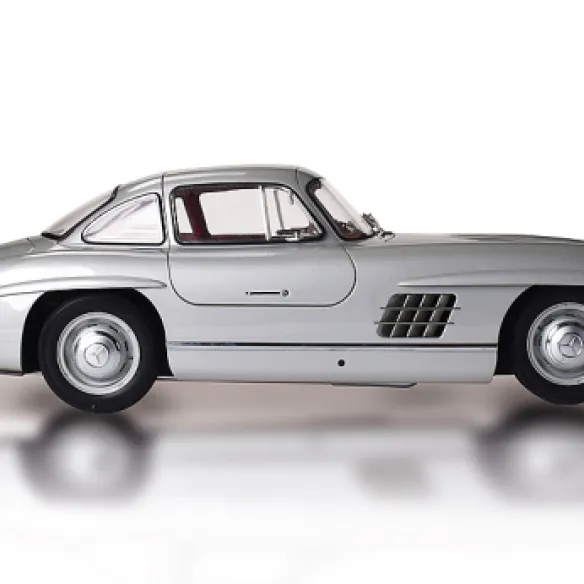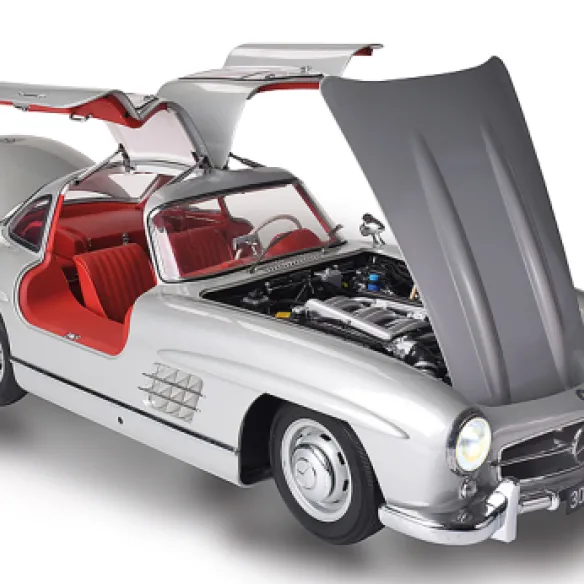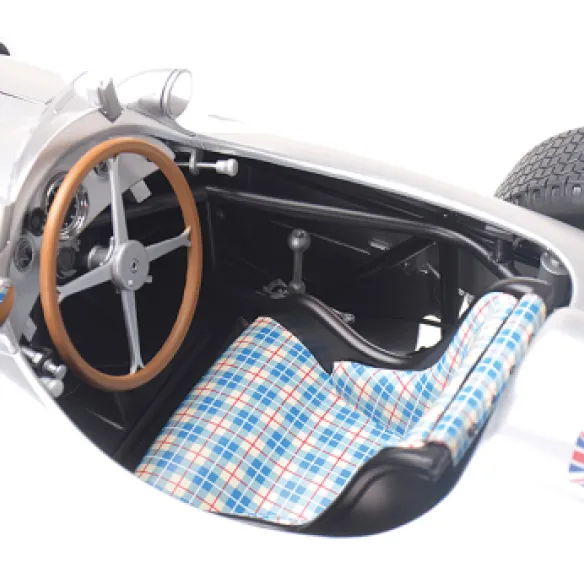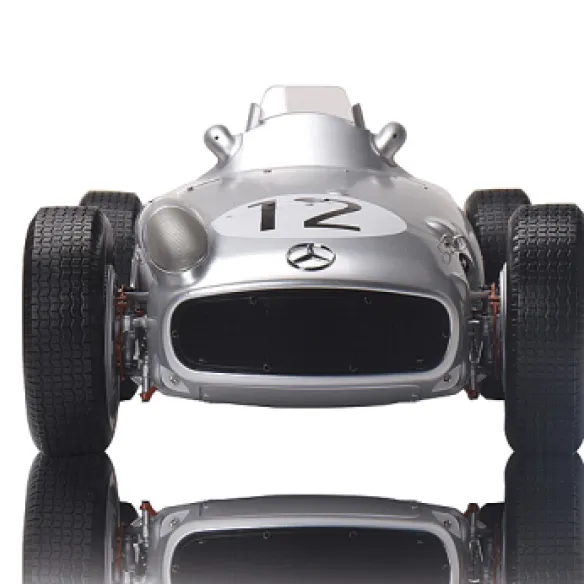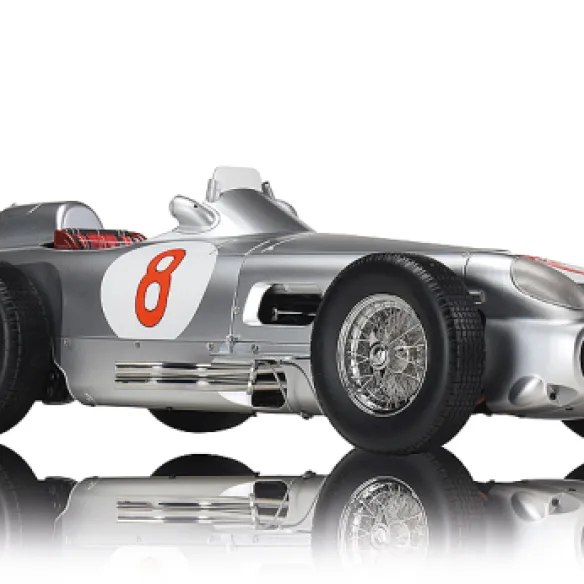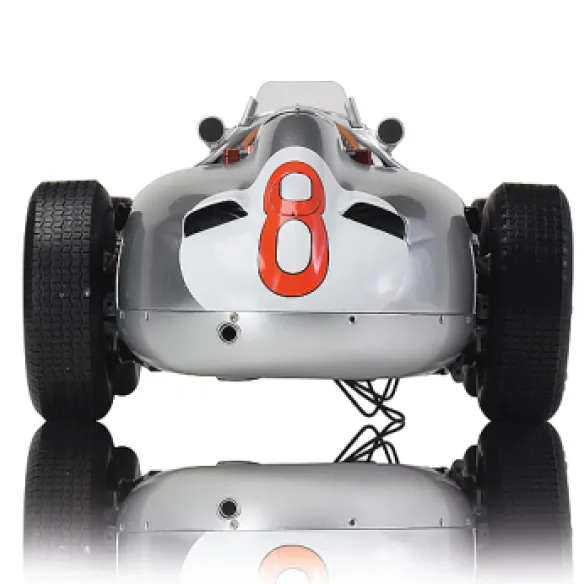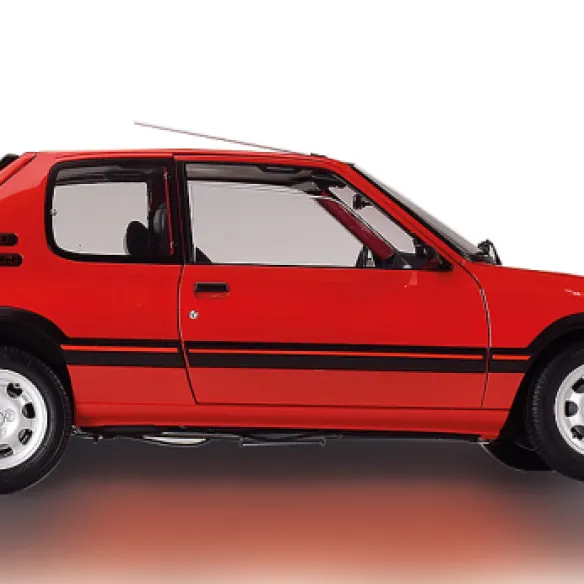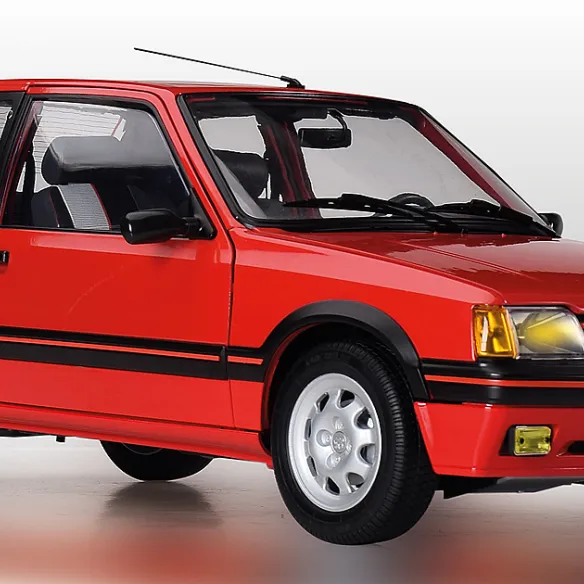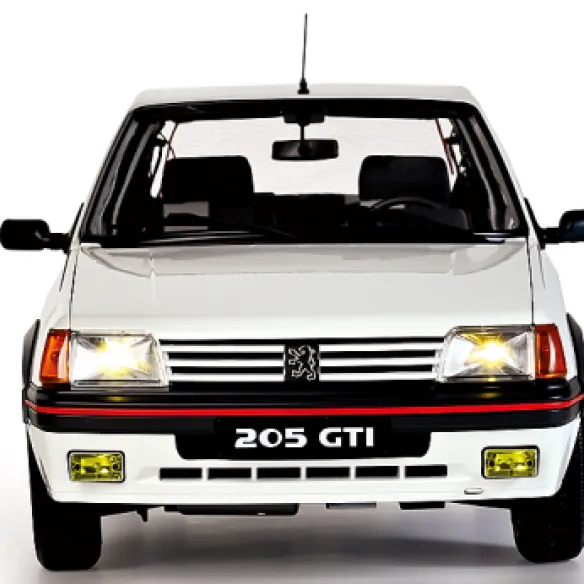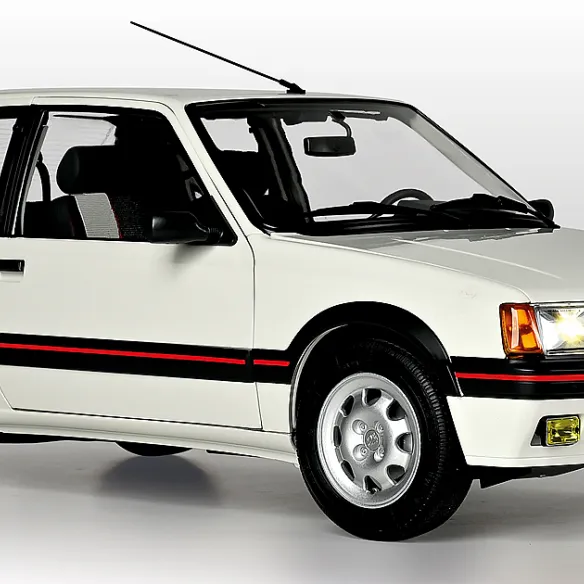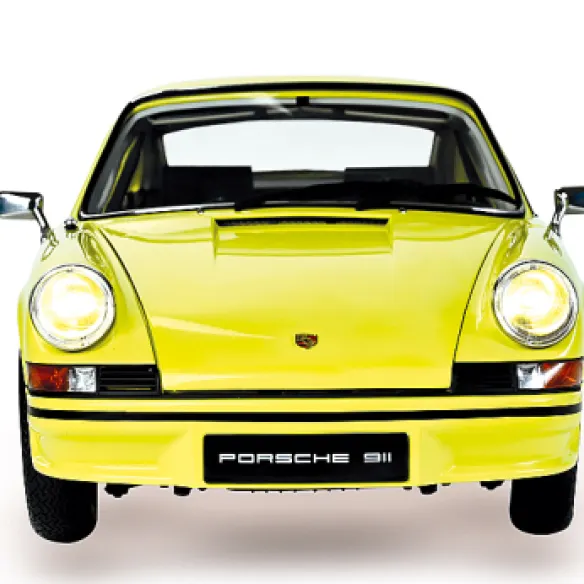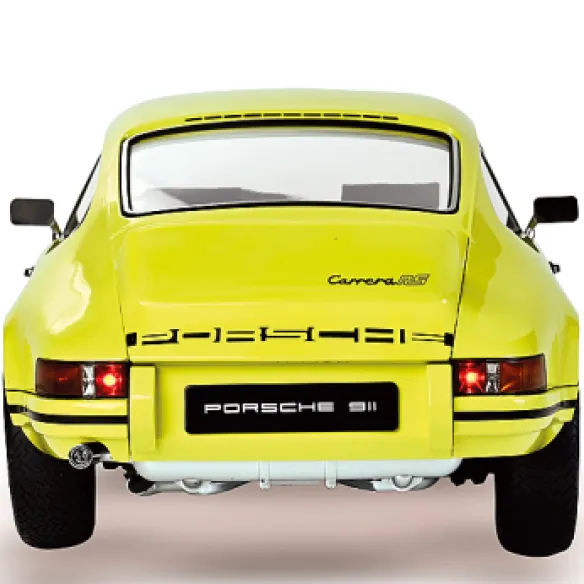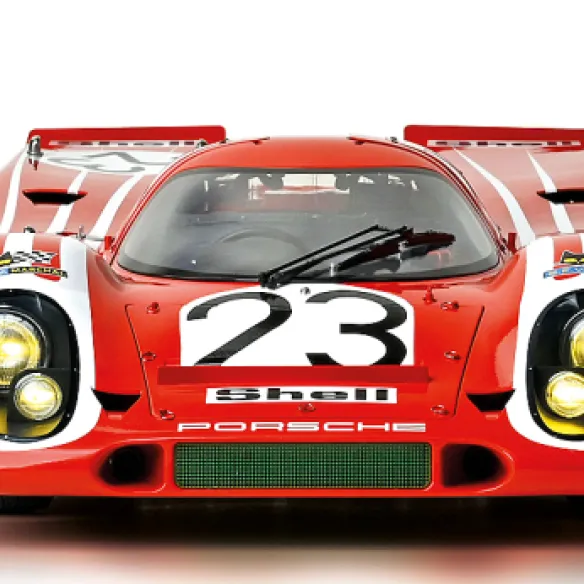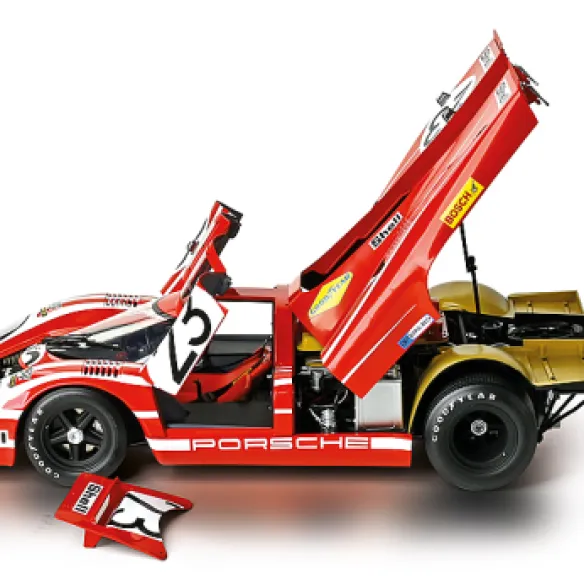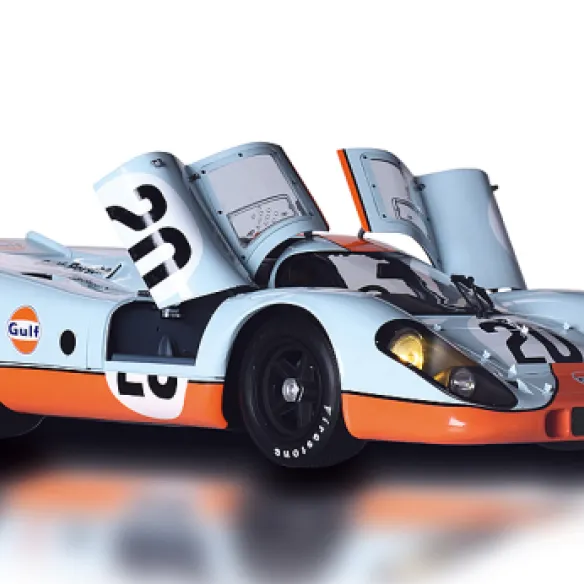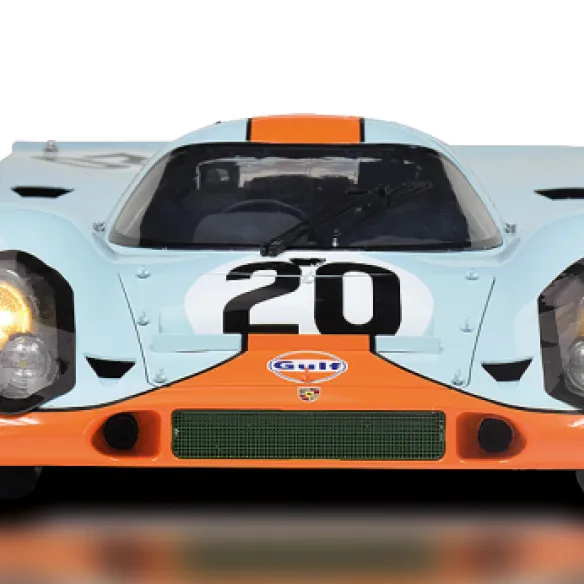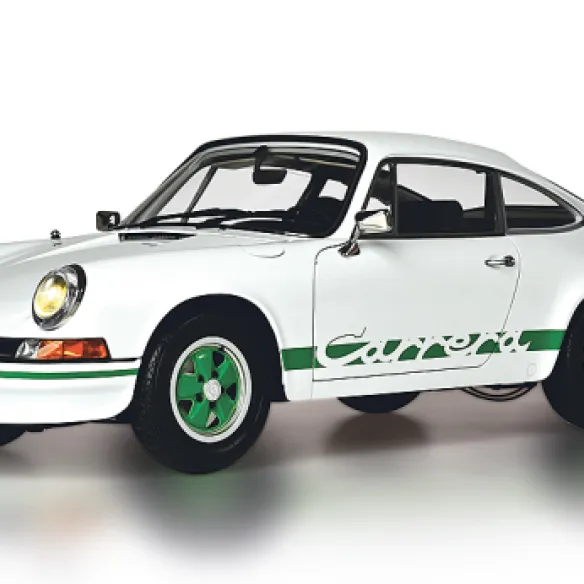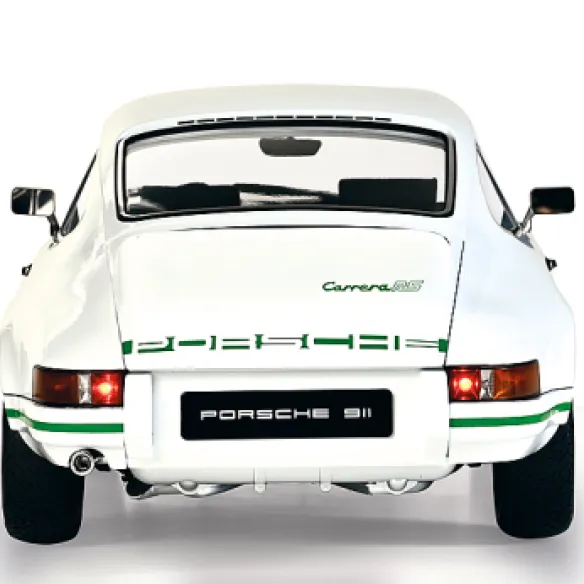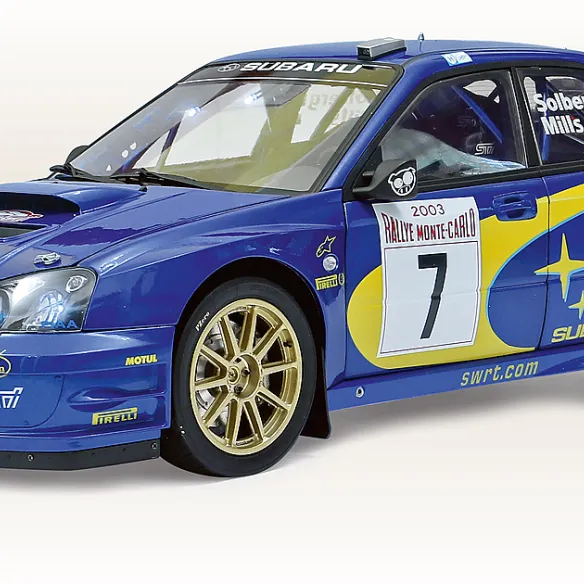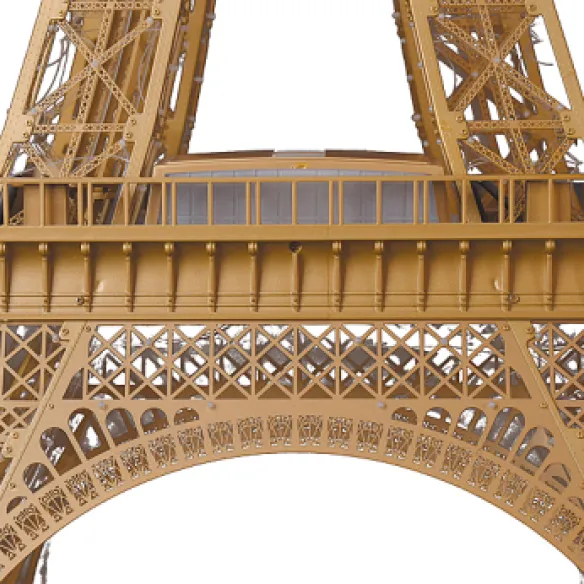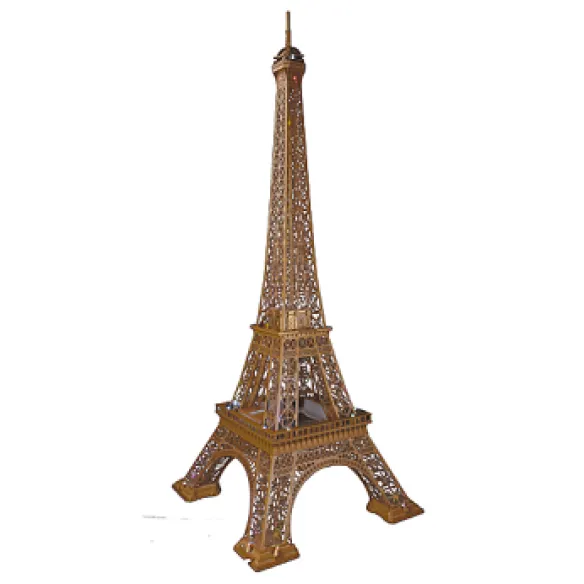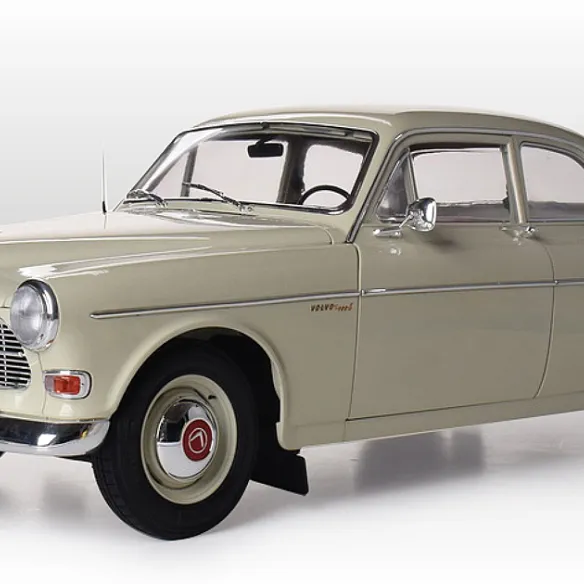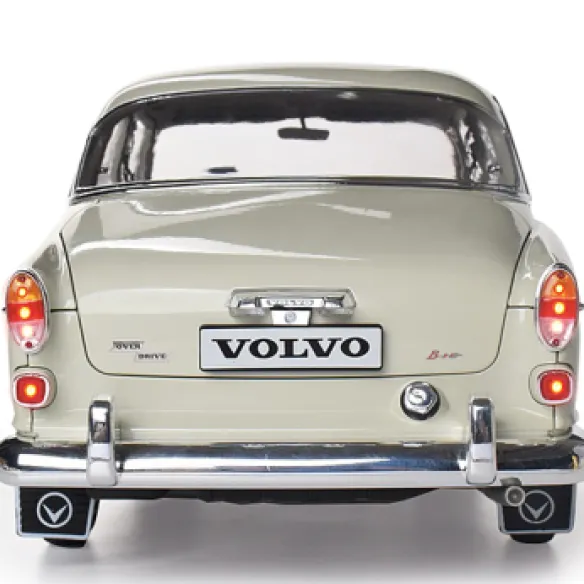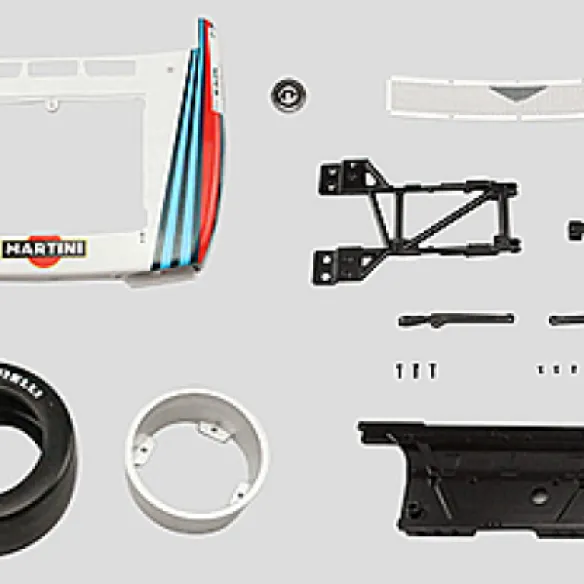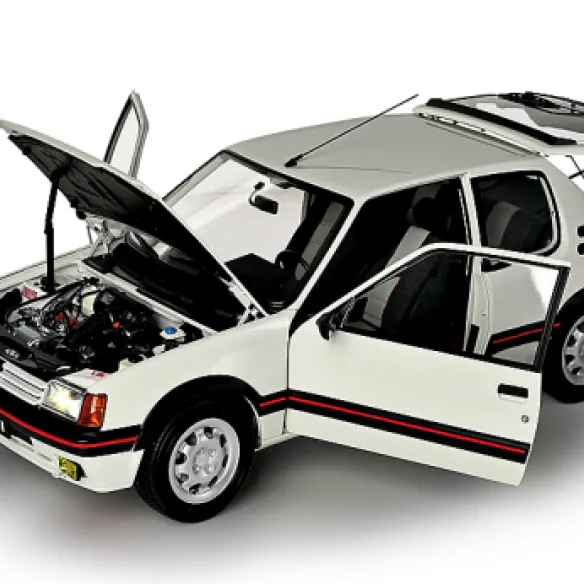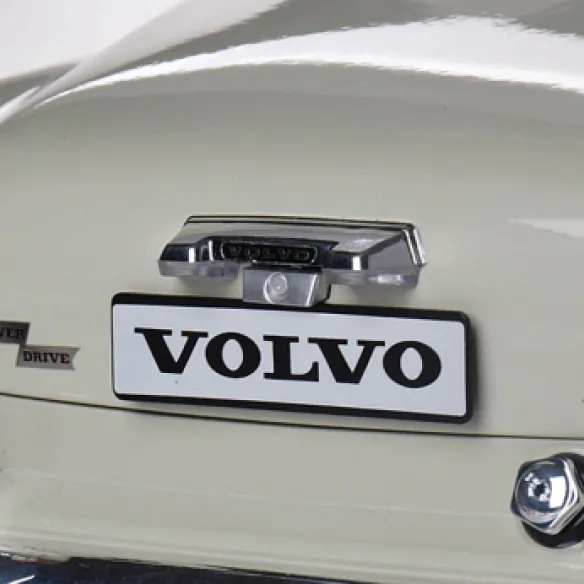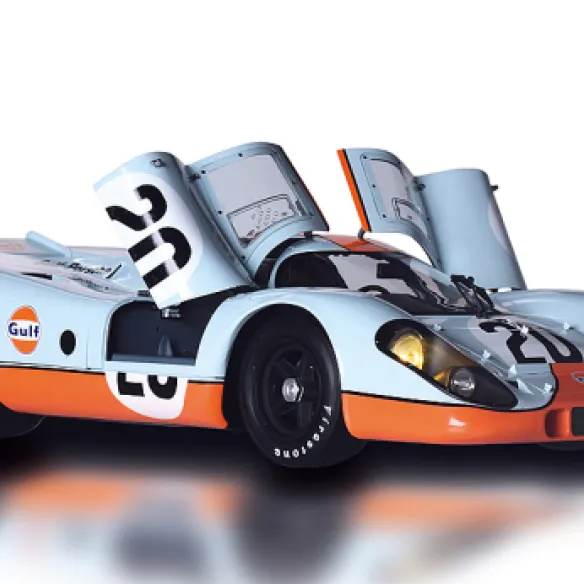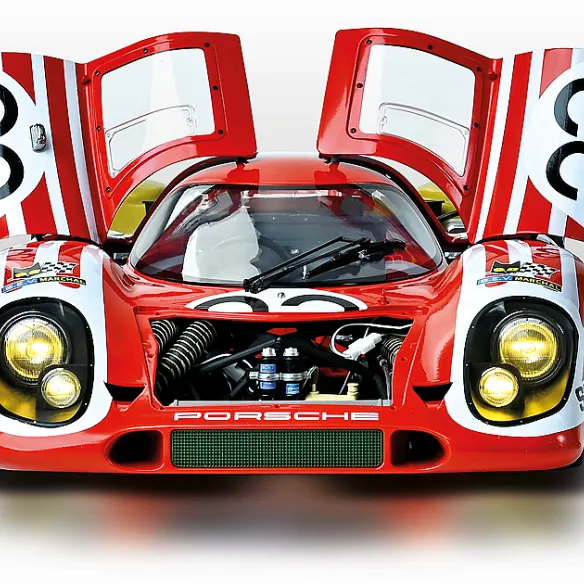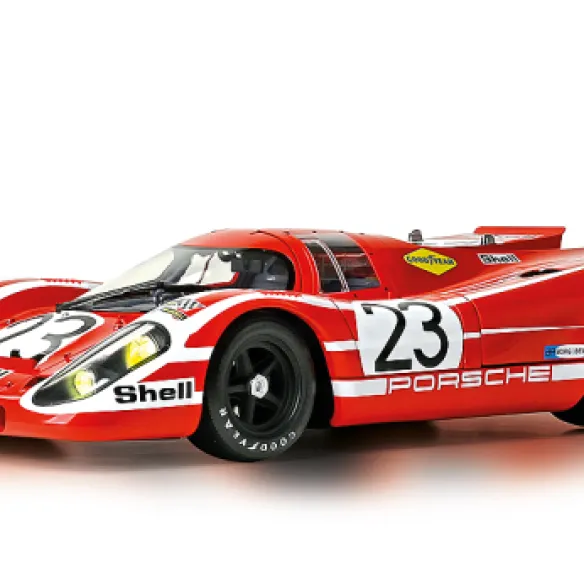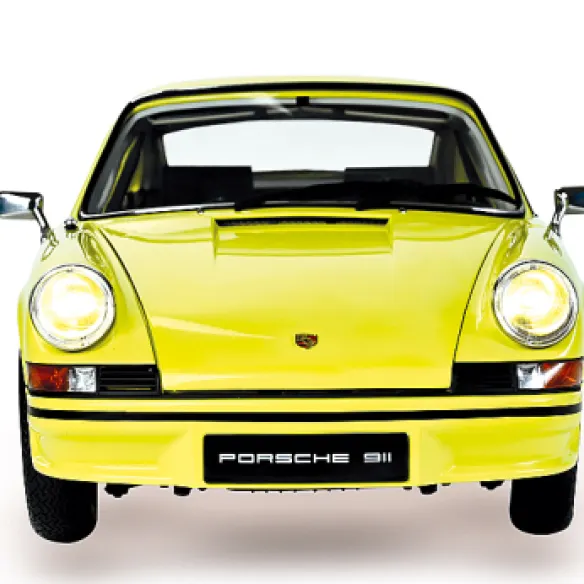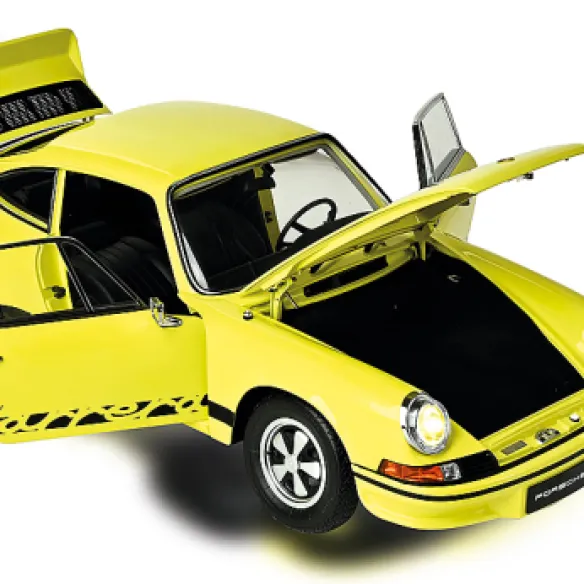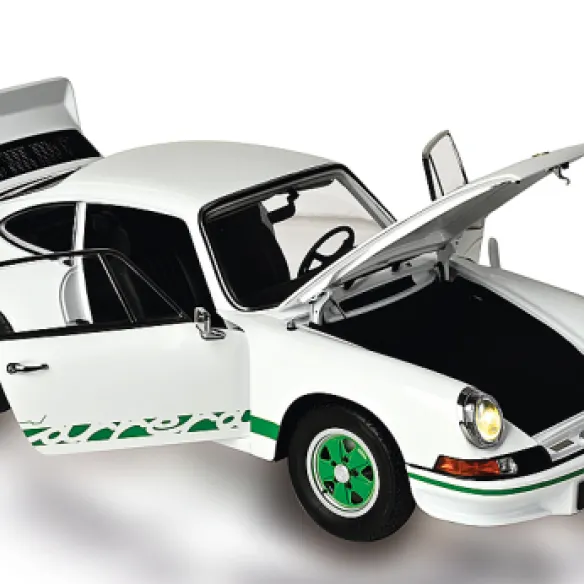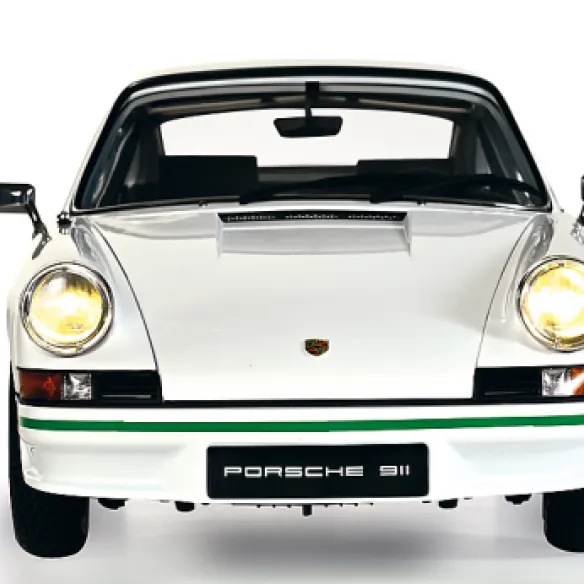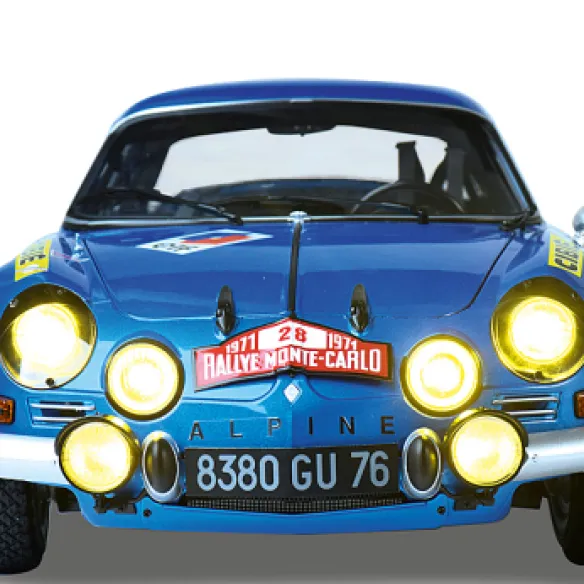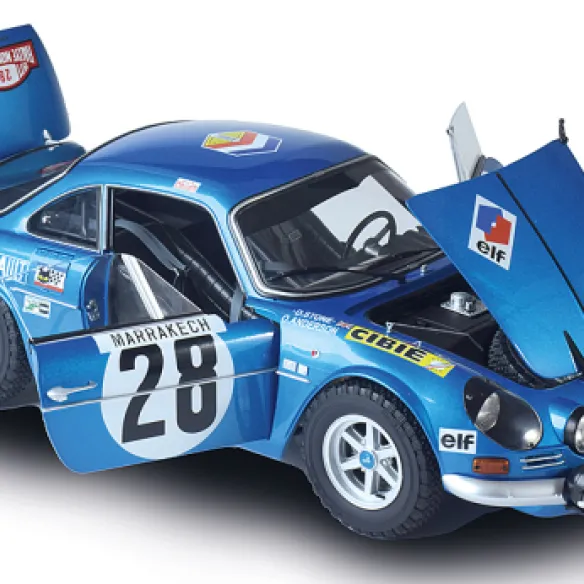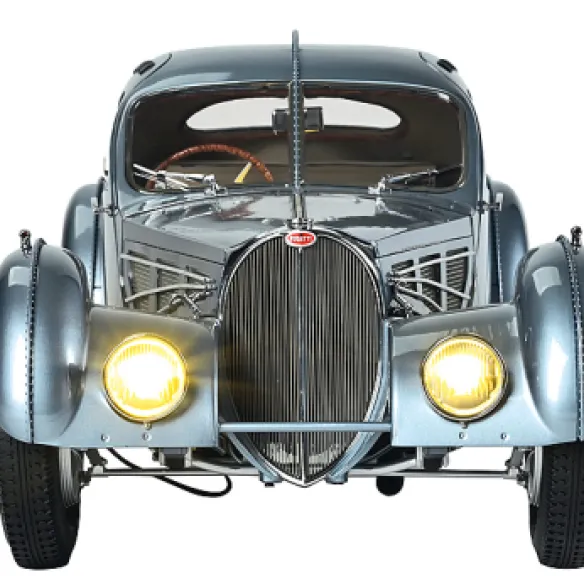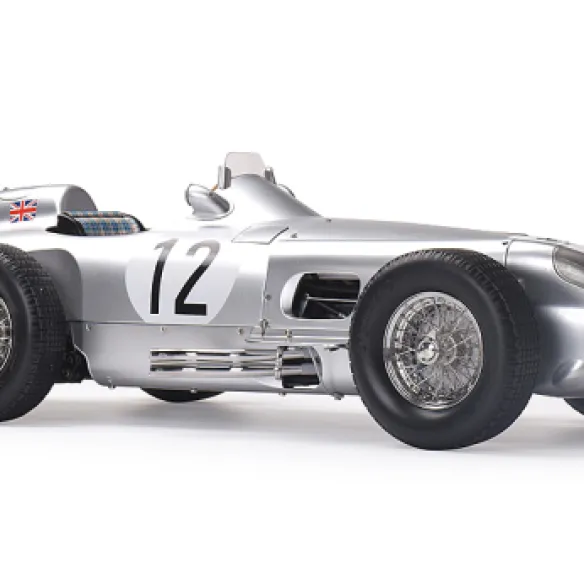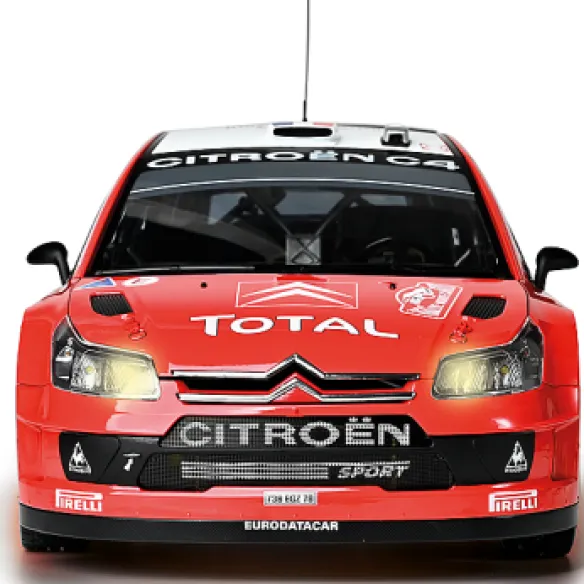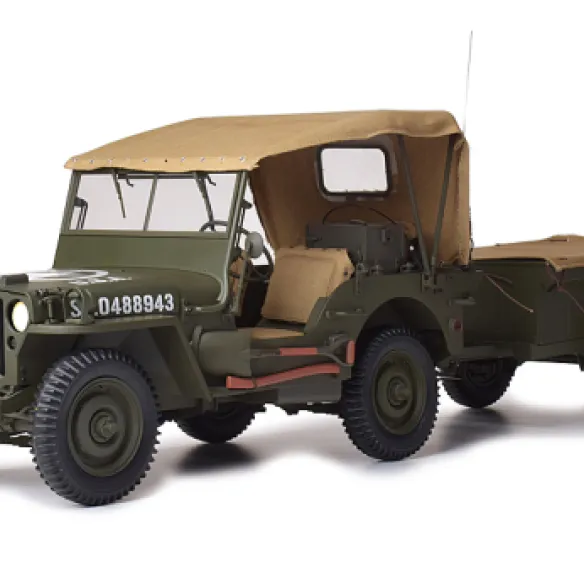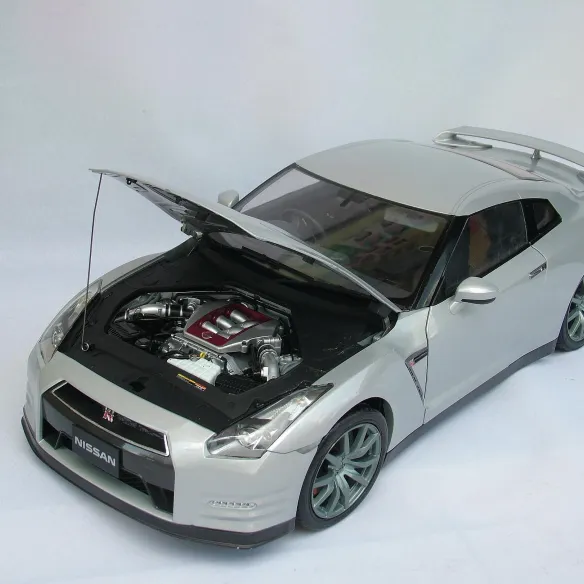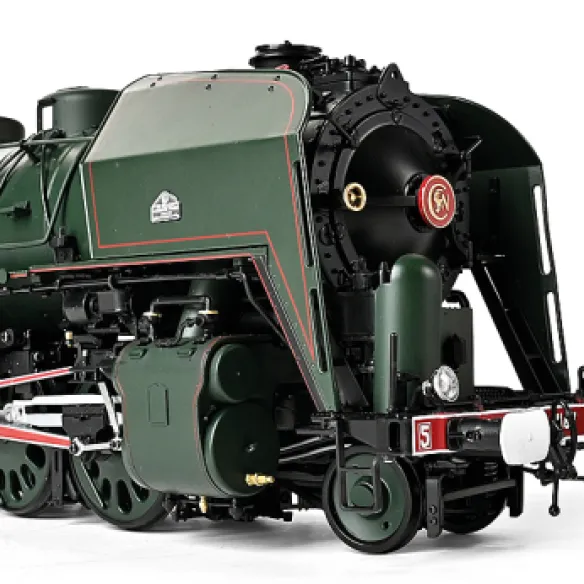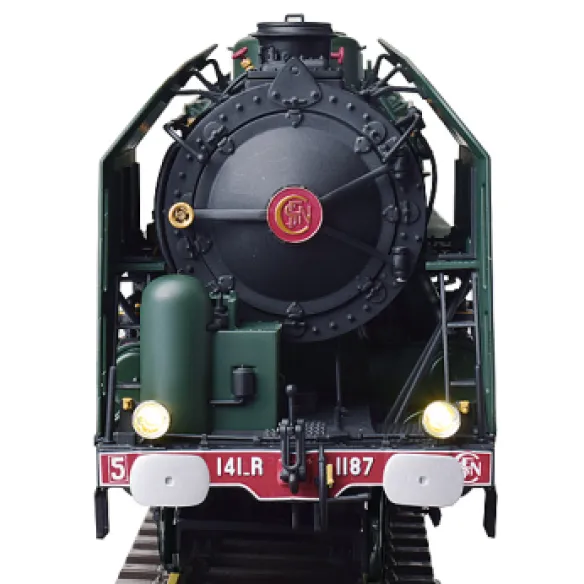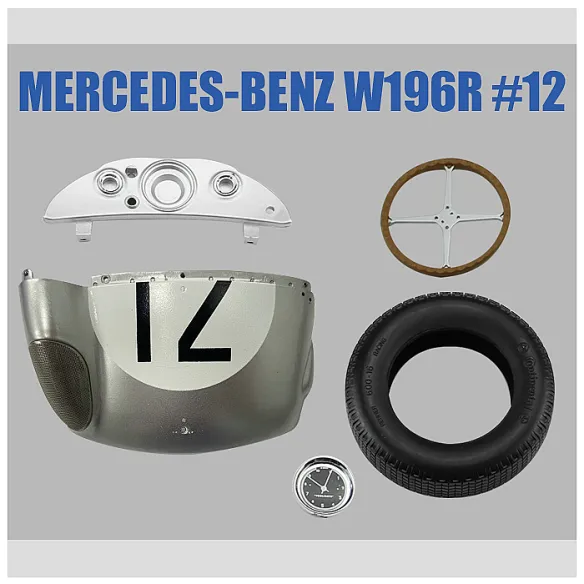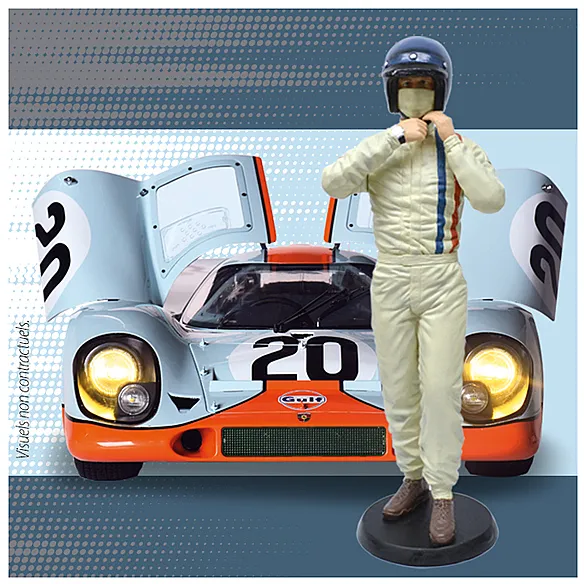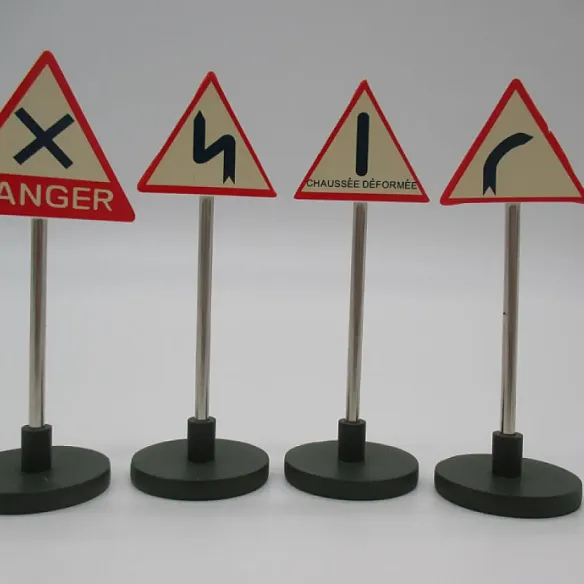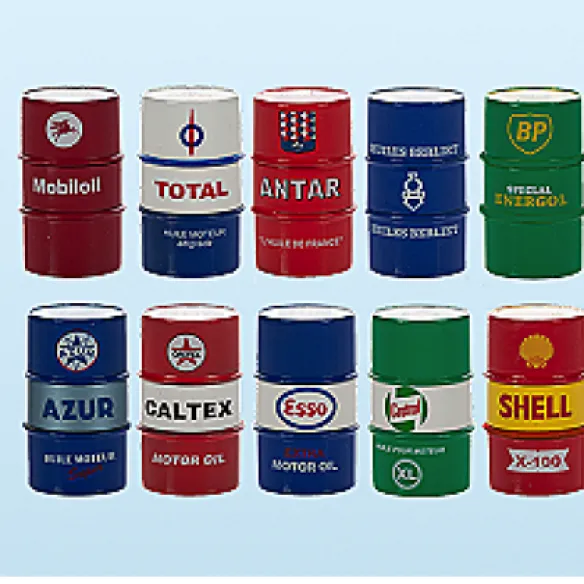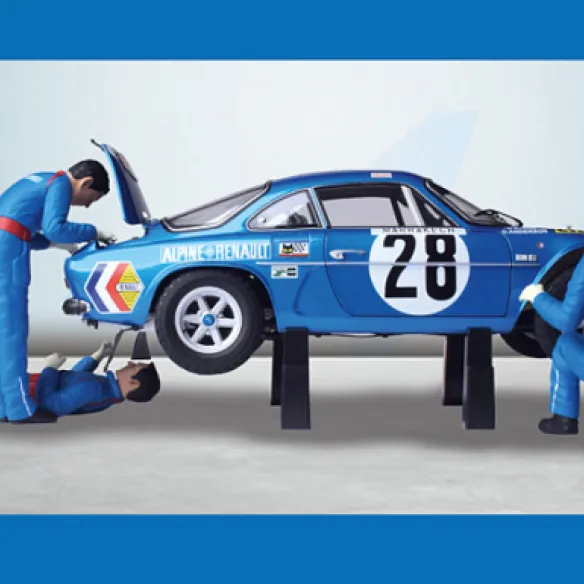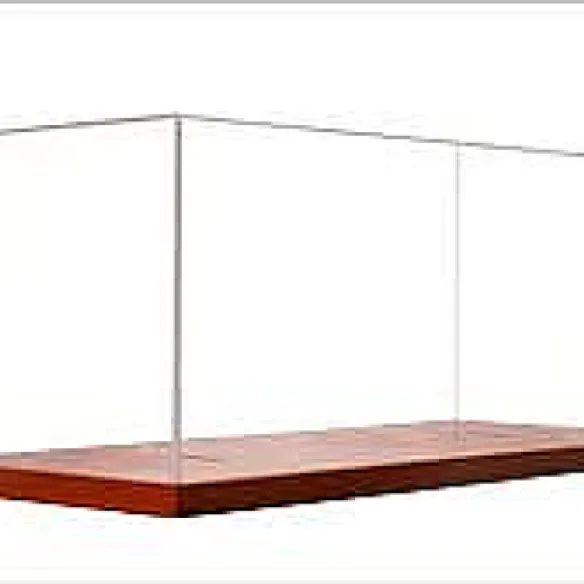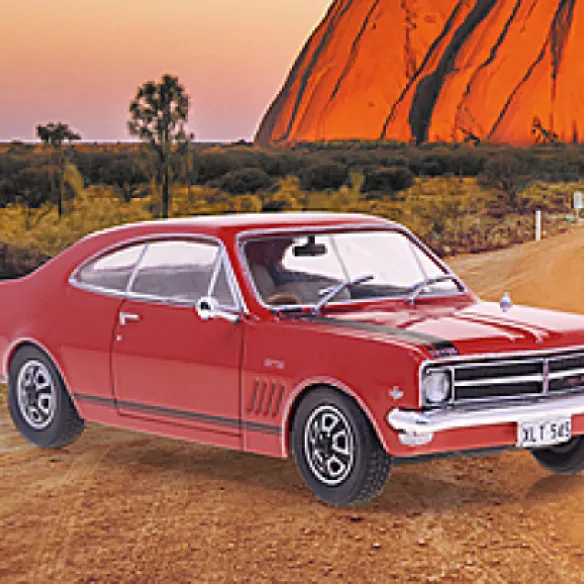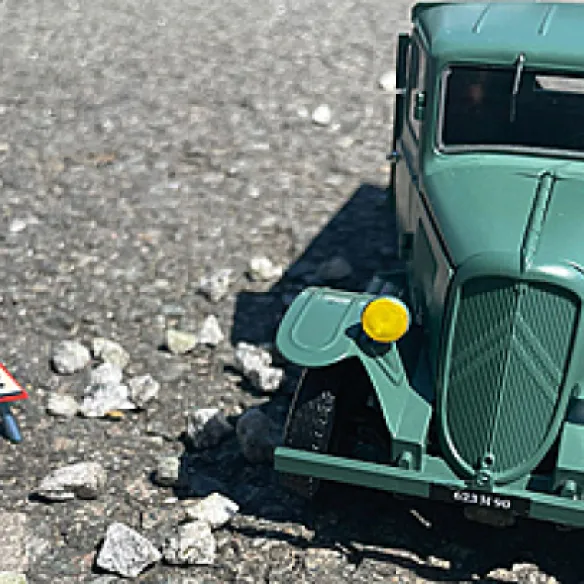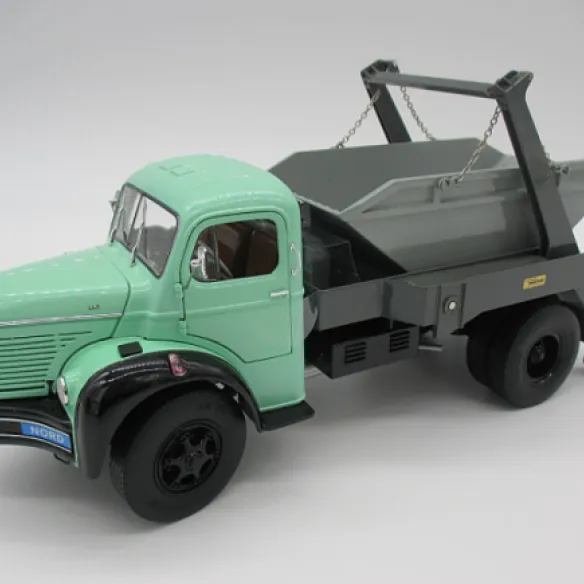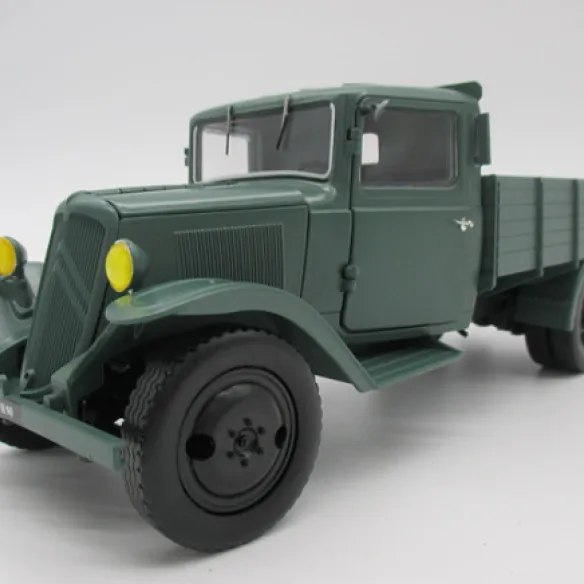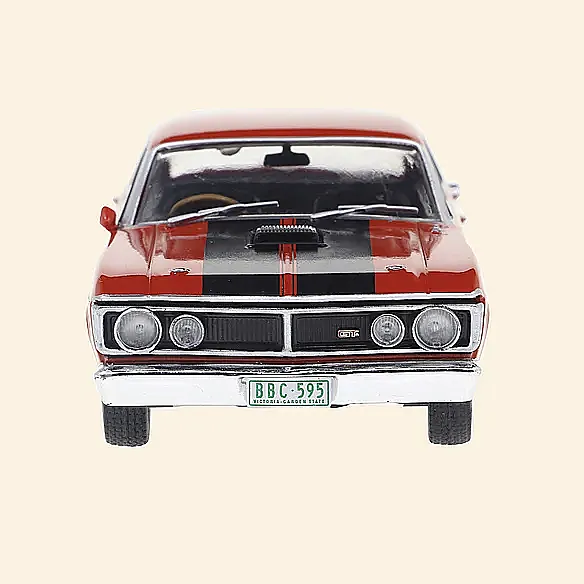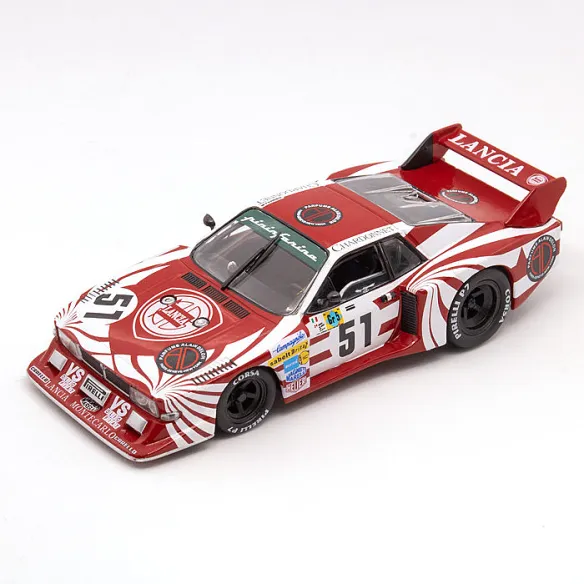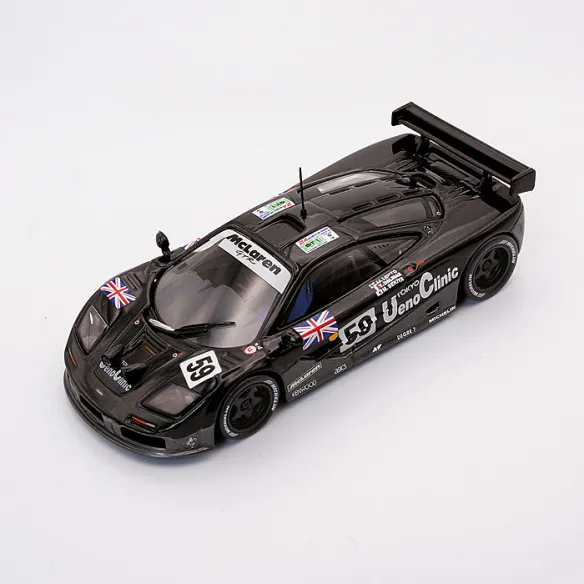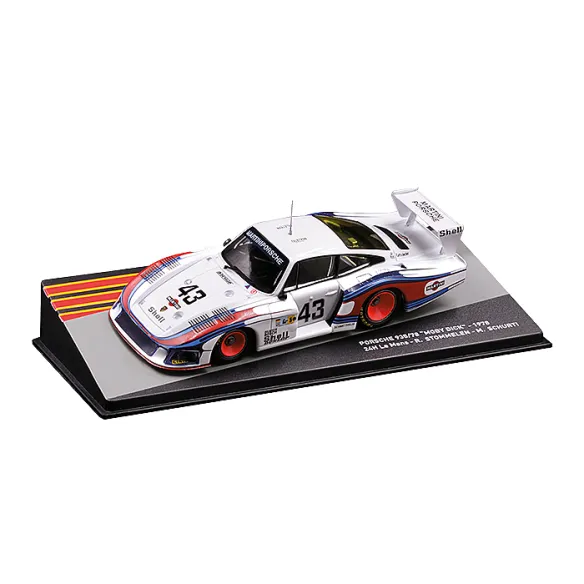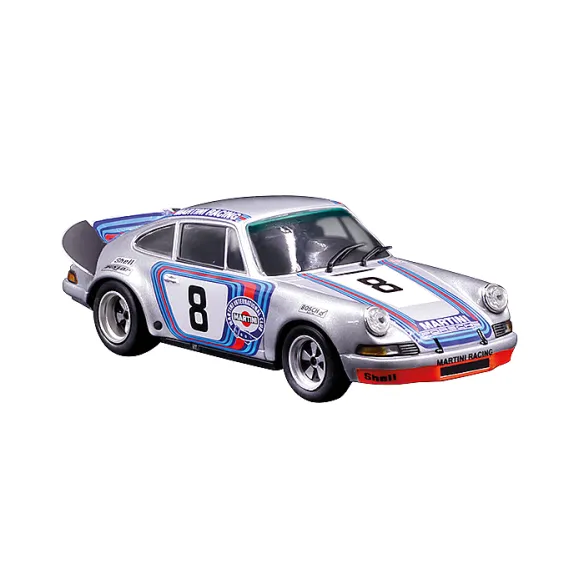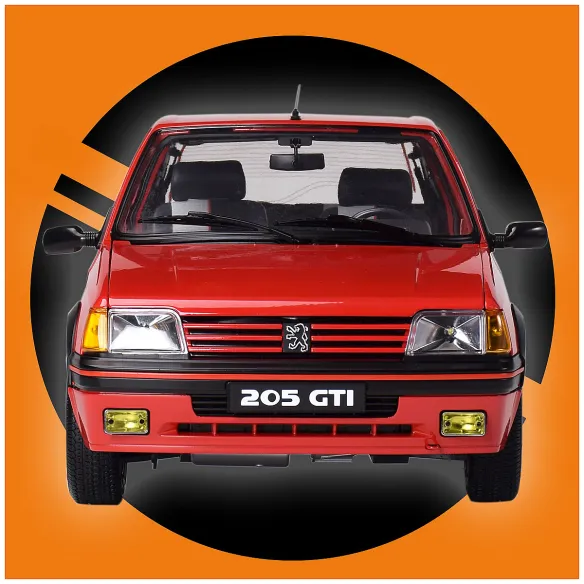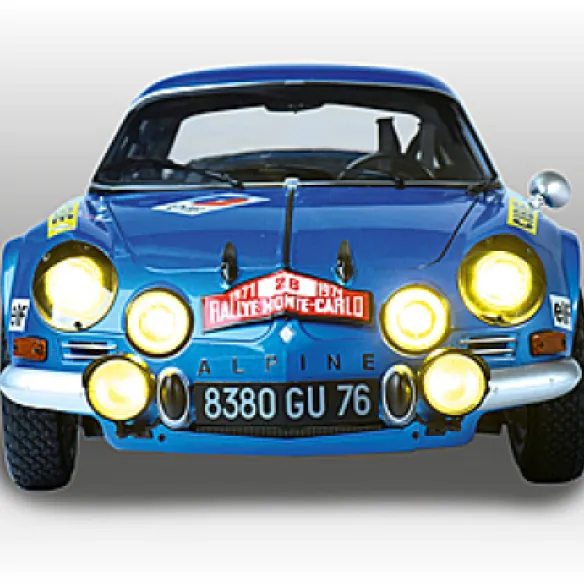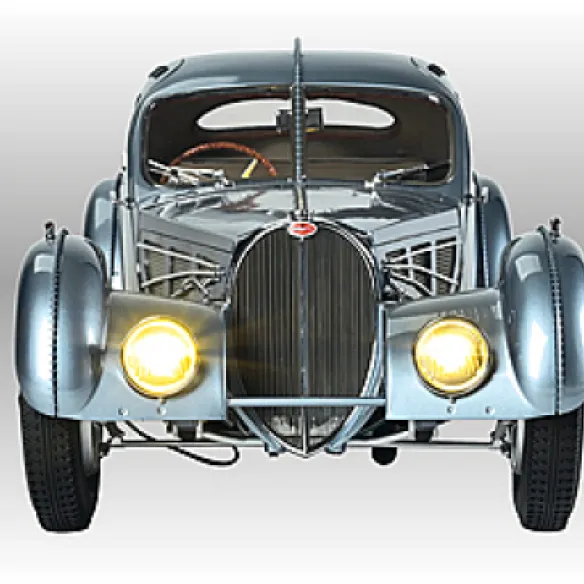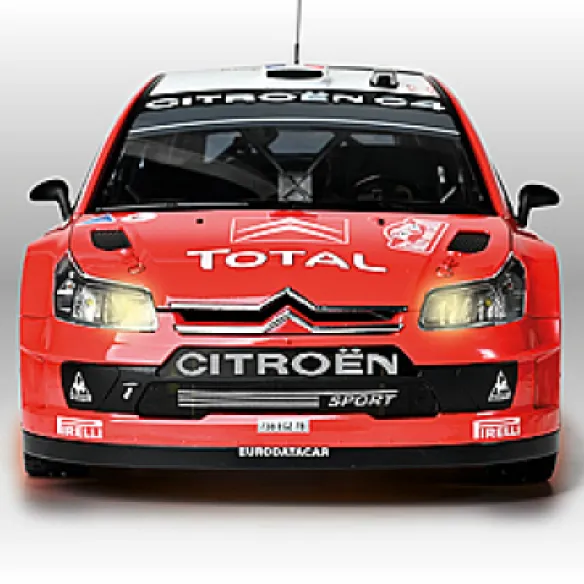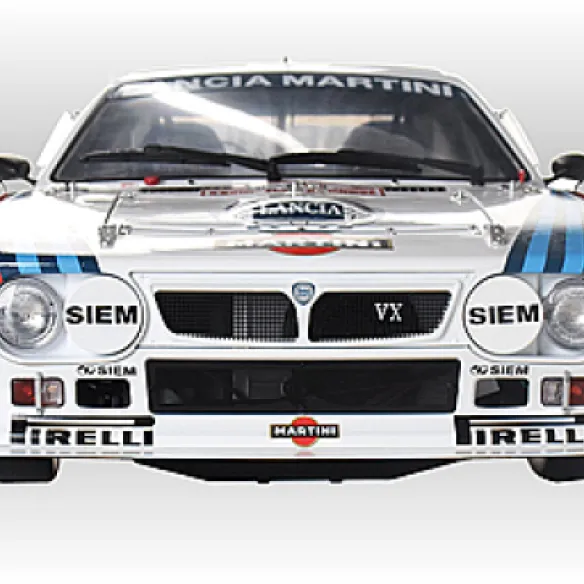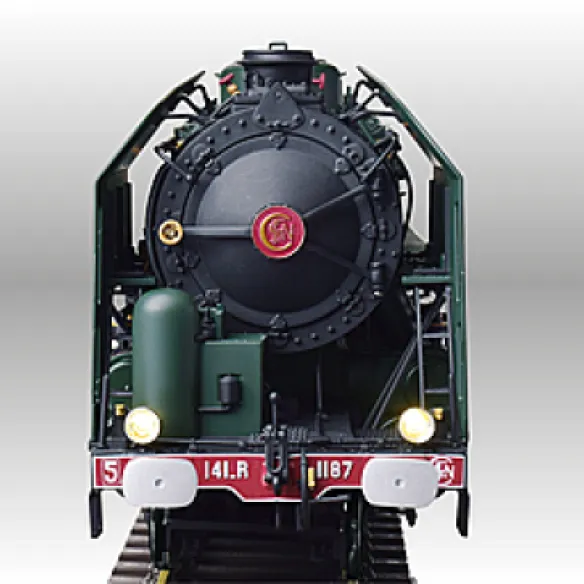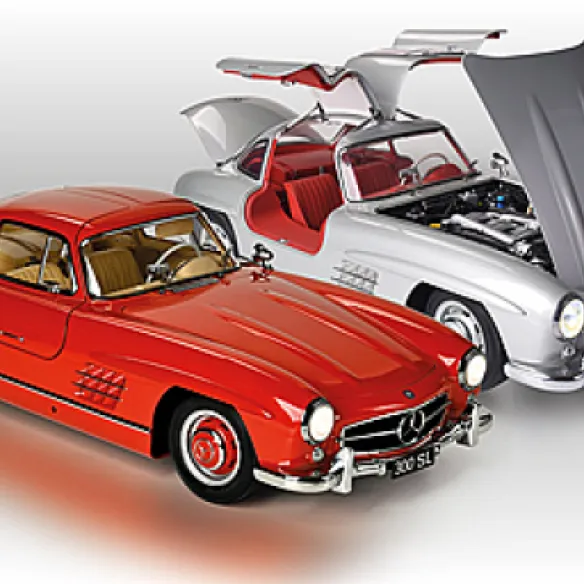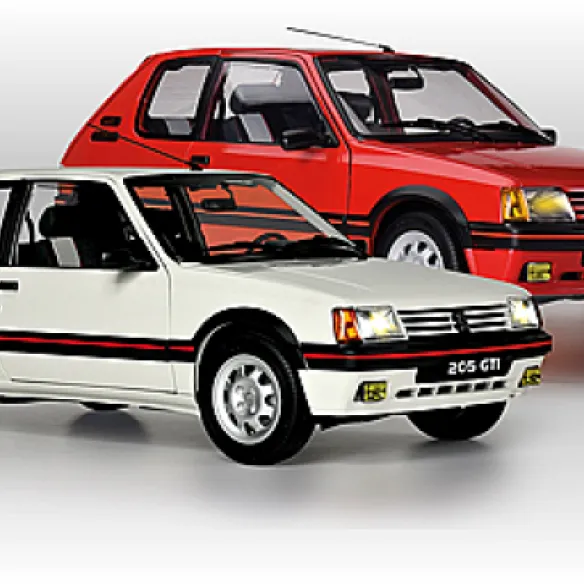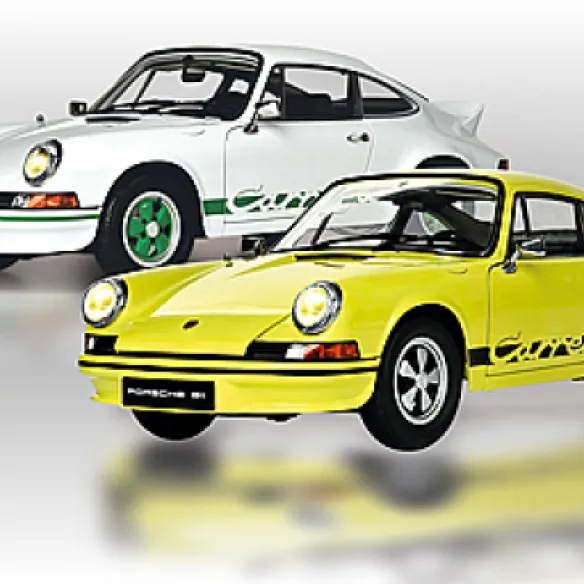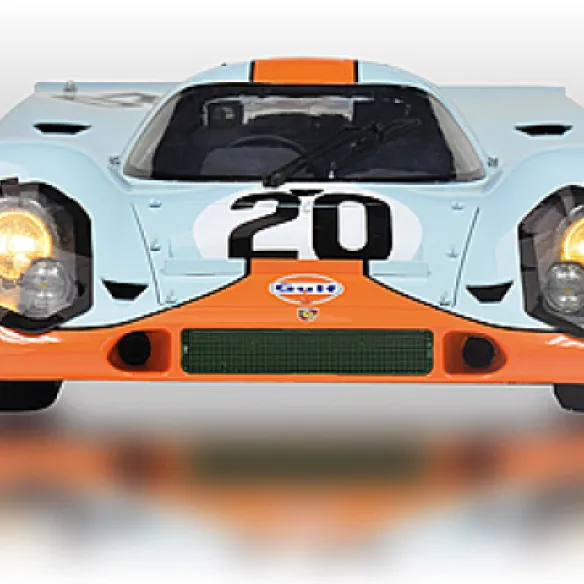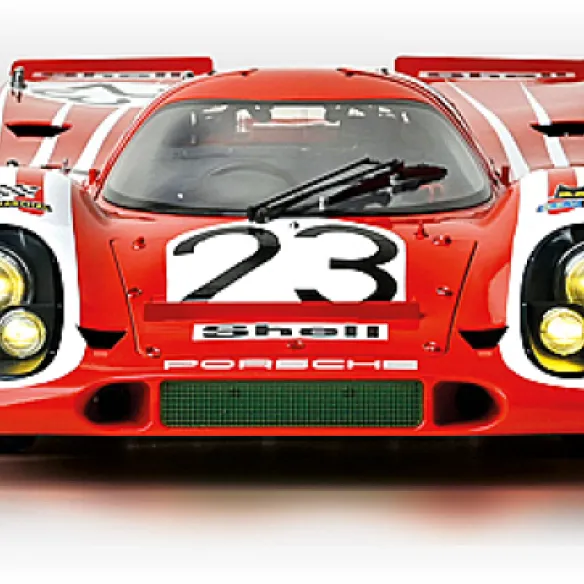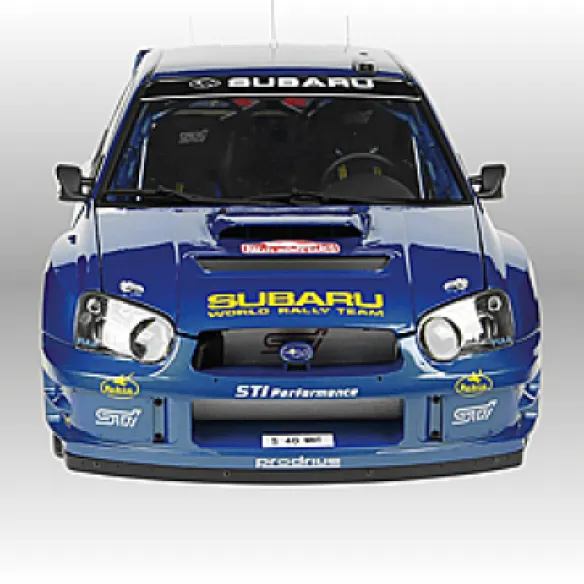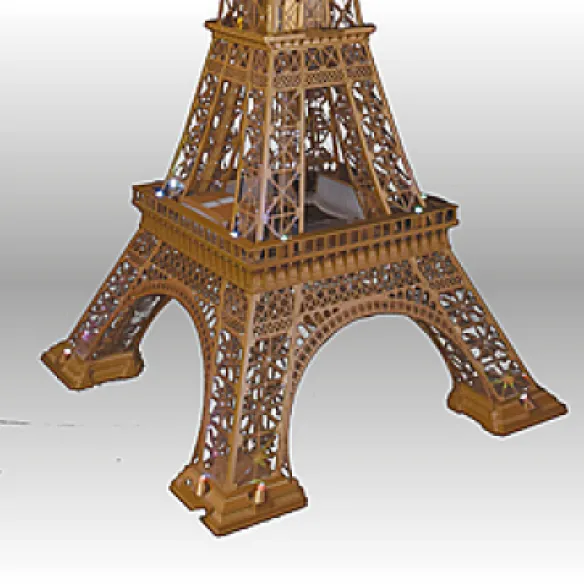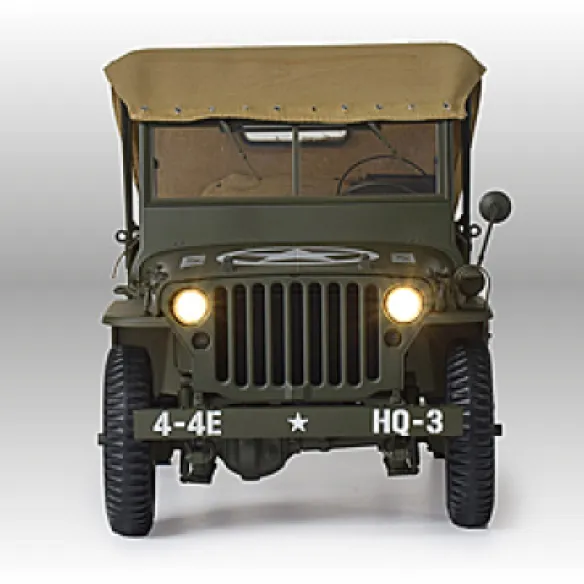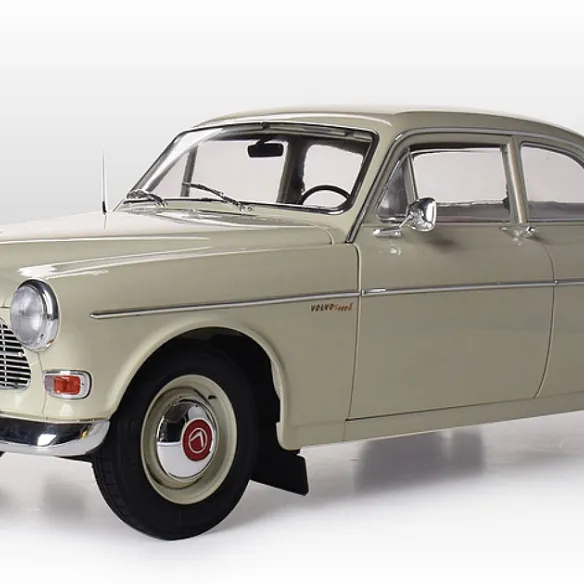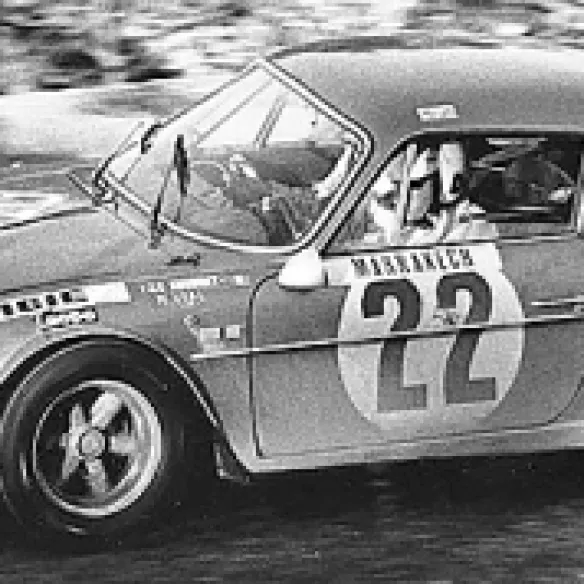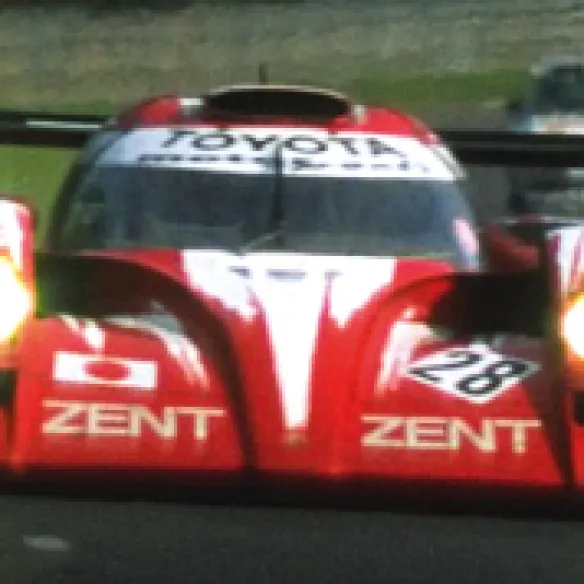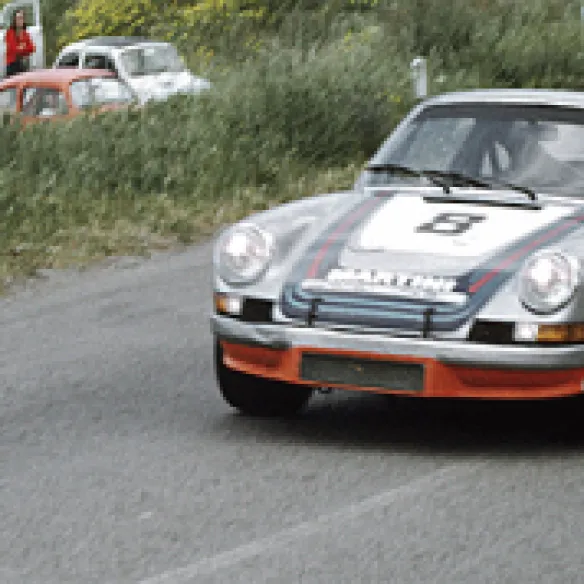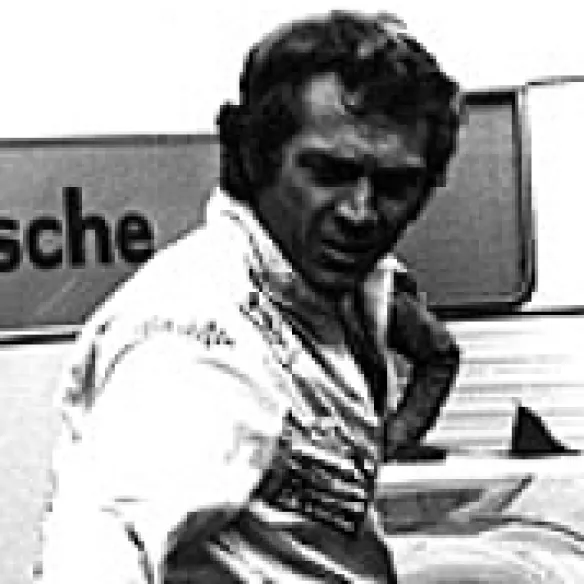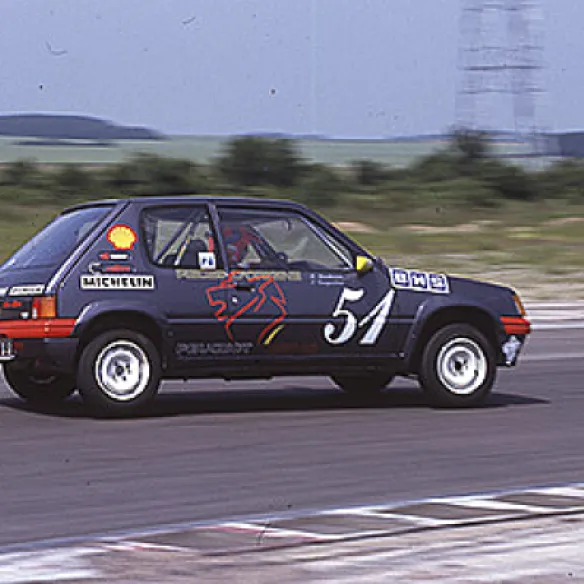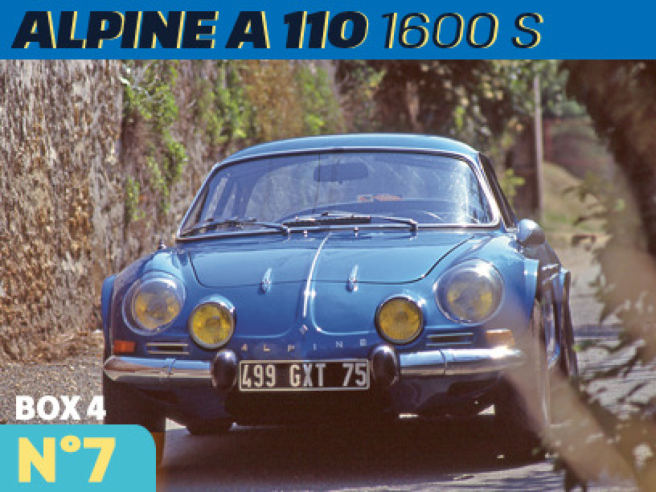
24/08/2022
Alpine A 110 1600 S
An international reputation
Author : Rédaction : Albert Lallement
Read moreThe early 1970s saw a series of turning points in the history of the Alpine brand, the most important of which was in the financial area, as it came under the management of Renault. On the sporting front, Alpine won three international rally seasons with the muscular 1600 S version of the A110 Berlinette. At the same time, the sports and prototype programme was revitalised with the introduction of the new A440 and the support of the Elf oil company.
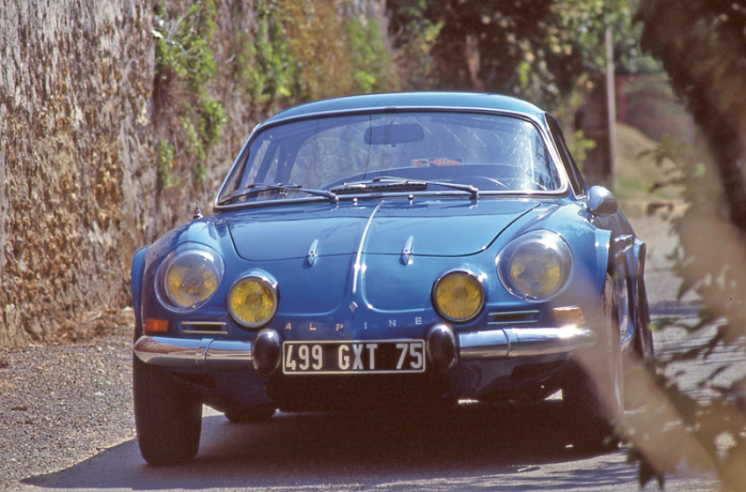
With the 1600 S version, the Alpine Berlinette is equipped with a high-performance engine that lives up to its reputation in terms of performance and driving ability. © IXO Collections SAS - Tous droits réservés. Crédits photo © Renault D.R. / Archives et Collections
The first agreements signed between Alpine and Renault from 1968 onwards enabled the Dieppe-based manufacturer to expand its range and improve its distribution thanks to the Renault company's powerful dealer network. At the beginning of 1973, Renault became the major shareholder (55%) of the Alpine company. With this acquisition, combined with the purchase of the Gordini engine manufacturer at an earlier date, Renault made Alpine its powerful weapon in international competition and was thus able to carry out its most ambitious racing projects before the end of the decade, first in Rally, followed by Endurance and Formula 1. Renault was greatly rewarded for its investment, as the victory of the Berlinette 1600 S in the 1973 World Rally Championship brought significant commercial benefits.
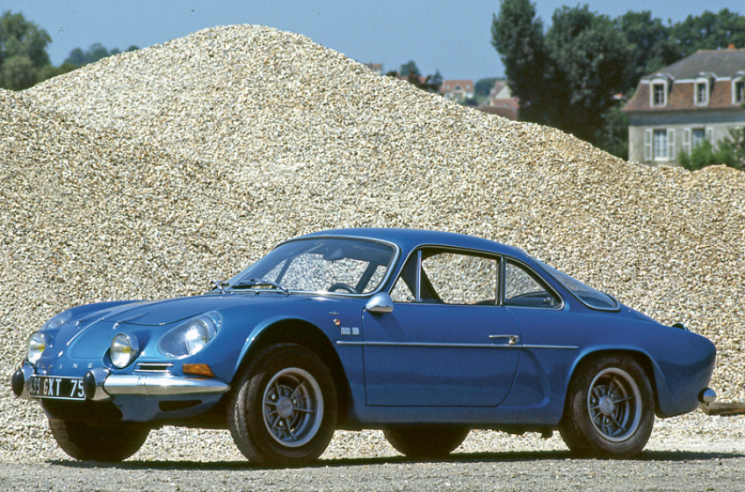
The Alpine A110 1600 S is the first French sports car to exceed 200 km/h in top speed and to complete the standing start kilometre in under 30 seconds. © IXO Collections SAS - Tous droits réservés. Crédits photo © Renault D.R. / Archives et Collections
Beam chassis
The structure of the 1600 S version remains faithful to that used since the very first A108 TDF of the 1960s: a central steel beam, with a tubular lattice at the rear for engine support, onto which a body made of polyester resin and fibreglass is fitted. One of the main exterior differences is the opening underneath the front bumper. This air intake feeds the water radiator, which is located at the front of the 1600 version, as opposed to the rear of its 1300 cousin. Prior to its takeover, Alpine had acquired and modernised a factory in Thiron-Gardais in the Eure-et-Loir. On this new site every day, four Berlinette chassis are assembled before being delivered to Dieppe to receive their engines. With this modern production method, the Alpine A110 1600 S will now be equipped with the more powerful rear axle of the A310, which is produced in the Dieppe factory. The brakes are provided by Bendix discs (26.1 cm in diameter) controlled by a double non-servo hydraulic circuit. As on the previous A110s, the Alpine 1600 has a swing arm rear suspension with two springs on each side. The front suspension retains its wishbones combined with springs and hydraulic telescopic dampers, with anti-roll bars at the front and rear.
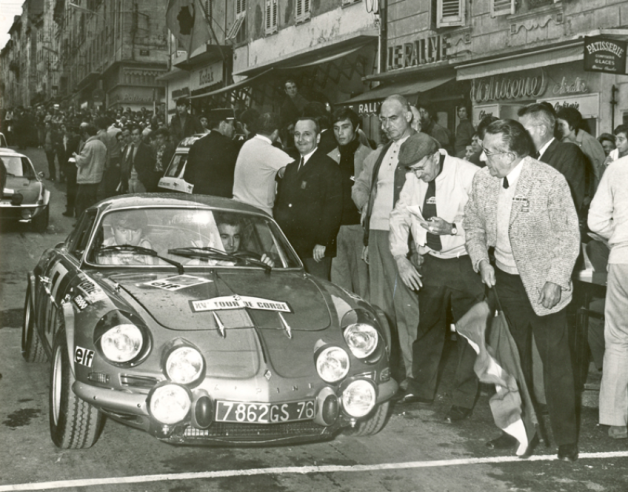
In the 1970 Tour de Corse, the Alpine 1600s occupied the first three positions in the classification. Pictured here are Jean-Claude Andruet and his navigator Michel Vial, who finished second. © IXO Collections SAS - Tous droits réservés. Crédits photo © Renault D.R. / Archives et Collections
A rise in power
Since its first edition in 1963, the Berlinette's 956 cc four-cylinder engine, inherited from the Renault 8, was increased to 1,108 cc in 1964, then to 1,296 cc in 1966. For the new 1600 version in 1969, it used the 807-24 1.6 litre block from the Renault 16 TS. The engine, modified at the Centre d'Études de la Régie, based at Rueil-Malmaison, saw its power increase from 83 to 92 bhp to reach 125 bhp DIN on the 1600 S, with a maximum torque of 14.7 mkg at 5,000 rpm. The block is made from cast iron with an aluminium hemispherical combustion chamber cylinder head. The crankshaft rests on five bearings and the valvetrain contains a single side-mounted chain-driven camshaft, rods, pushrods and rocker arms operating two V-shaped inclined overhead valves per cylinder. The five-speed synchronised transmission, positioned lengthwise in front of the engine, is combined with an optional self-locking differential and a dry single-plate clutch (diameter 20 cm).

The Alpine 1600 SC shares with the A 310 its beautiful alloy wheels, which are fixed with four studs instead of three on previous models. © IXO Collections SAS - Tous droits réservés. Crédits photo © Renault D.R.
The SC version
At the 1973 Geneva Motor Show, the Alpine A110 1600 S was replaced by the SC version (called SI for export). This model took over several mechanical elements from the A 310 which had been presented two years earlier. On the outside, the SC can be distinguished from the previous S at first glance by its beautiful alloy wheels taken from the A310. The 13-inch wheels were equipped with Michelin XAS radial tyres, also fitted to the Formula France single-seaters. For this new SC version, the Renault 16 TS's 1.6-litre block was dropped in favour of the engine type 844-30 from the Renault 12 Gordini, modified for the occasion. Made of aluminium, the block retained the four cylinder in-line architecture with side camshaft. Its displacement was 1,605 cc and it developed 140 bhp at 6,250 rpm with a maximum torque of 16.2 mkg at 5,450 rpm. The mechanical gearbox (type 365-10), also taken from the R12 Gordini, had five synchronised gears and a reverse gear. Powered in this way and with its light weight of 710 kg in operable condition, the Alpine A110 1600SC reached a top speed of 209.31 km/h (manufacturer's data).
A prestigious test driver
In 1971, the magazine Auto-Moto had the idea of having the new Berlinette 1600 S tested by the factory driver Patrick Depailler, the French Formula 3 Champion driving Alpine in that year. His clear and precise article perfectly expresses the judgement of that time on this car: "Once on the road, I attack, I swing the car in long slides without ever being surprised because the steering is so precise and efficient during counter steering... The brutal acceleration from 0 to 150 km/h gives the driver the impression of being one with the car and, in my opinion, makes the Alpine 1600 S the sports car par excellence... It remains the best compromise in terms of sport that can be found on the French market.
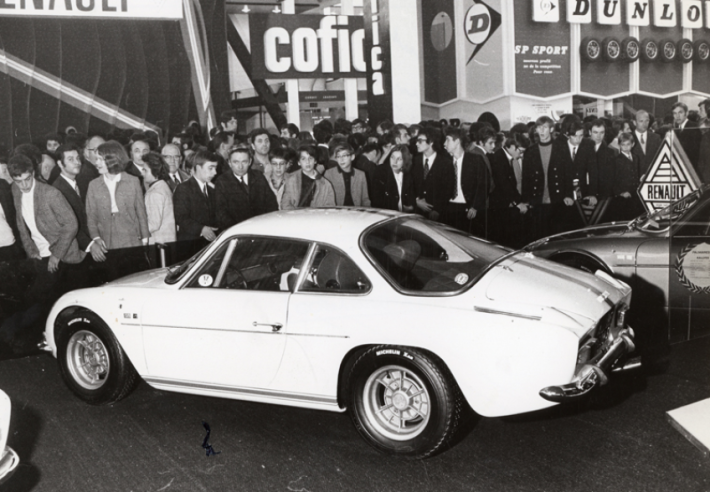
The Paris Motor Show is the ideal opportunity for Alpine's factory drivers to do in-depth articles for the trade press.
© IXO Collections SAS - Tous droits réservés. Crédits photo © Renault D.R. / Archives et Collections
Specific finishes
In the Alpine-Renault catalogue offered at the Paris Motor Show in October 1973, visitors were able to appreciate the A310, the A110 1300 "85", as well as the new 1600 SC version and its twin SI, reserved for export. These two models are identical with the exception of their fuel supply, which is carburetted for the SC and indirectly injected by Bosch for the SI version. Both models feature the new interior layout of the 1600 range, including seats with headrests, a storage compartment integrated into the central console and the tulip-shaped leather steering wheel taken from the A310. The passenger handgrip is now mounted on the windscreen post, while the interior door handles and window winder cranks have been taken from the Peugeot 504 and Renault 17 respectively.
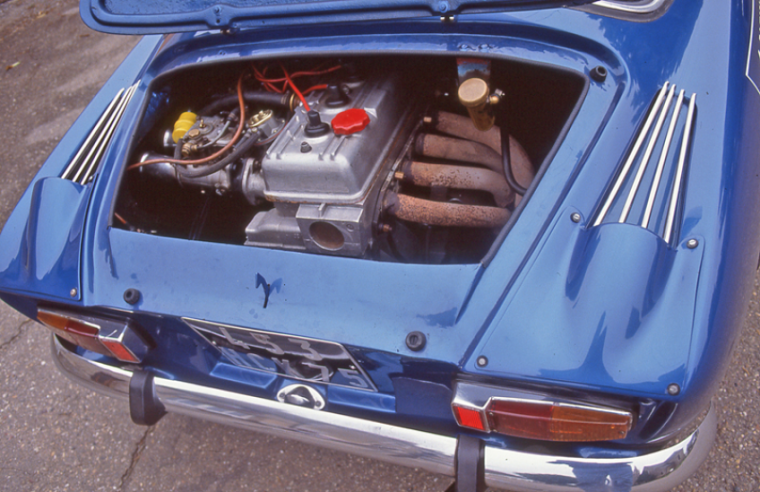
The 1600 SC version is fitted with the Renault 12 Gordini engine, gaining 18 horsepower after some modifications. © IXO Collections SAS - Tous droits réservés. Crédits photo © Renault D.R. / Archives et Collections
The 1600 S Group IV
As was customary with Alpine, a "competition-customer" version of the 1600 S was developed in parallel with the " passenger" version. This muscular Berlinette was offered at the 1970 Paris Motor Show at a price of 47,100 francs ( against 31,760 francs for the basic S). It was a Group IV (Grand Tourisme Spéciale) model, manufactured in 500 units as required by the sports legislation. This car, entirely dedicated to racing, was prepared by engine builder Marc Mignotet who increased the engine capacity to 1,596 cm3 by enlarging the bore (77.8 mm). Power output was 155 bhp DIN at 7,000 rpm with a maximum torque of 17.2 mkg at 3,500 rpm. The chassis only weighed 685 kg and top speed was 225 km/h.
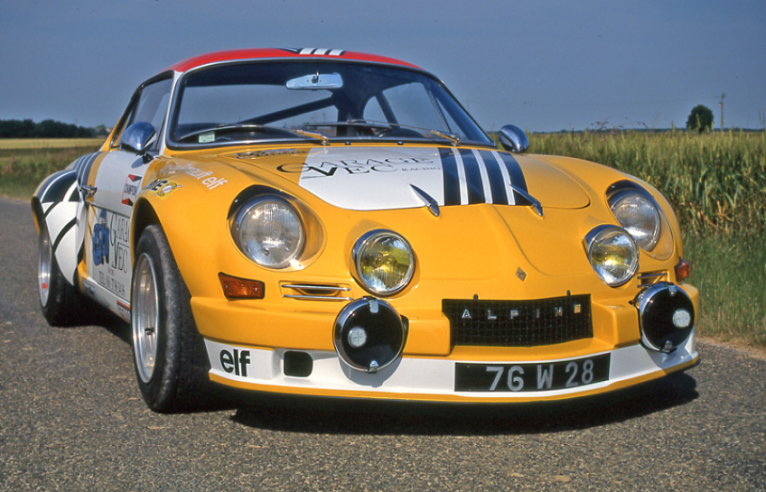
The Alpine 1600 S of Group IV is, as required by the regulations, a Grand Touring Special car manufactured in at least 500 examples. © IXO Collections SAS - Tous droits réservés. Crédits photo © Renault D.R. / Archives et Collections
Modification of the suspension
The greater weight of the engine in the rear overhang of the new Berlinette 1600 caused significant variations in camber. This resulted in oversteer for the driver, which had to be anticipated and compensated for by counter-steering. The weight imbalance caused by the extra mass of the engine-transmission unit could lead to sudden loss of grip as the suspension reached the limit of its range. Adopting the Alpine A310 suspension system, consisting of superimposed wishbones and parallel rods, completely solved this problem and allowed the 1600 SC to regain the stability of the previous versions.
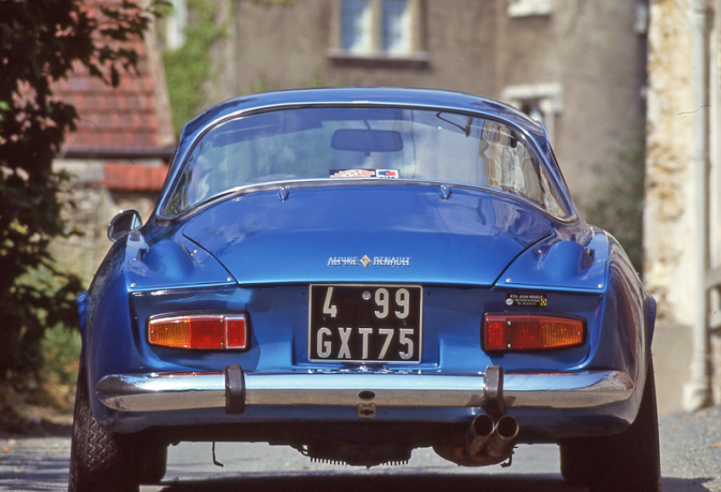
The Alpine A110 1600 SC now features a suspension system allowing its performance to be exploited to the full. © IXO Collections SAS - Tous droits réservés. Crédits photo © Renault D.R. / Archives et Collections
Technical sheet
Recent articles
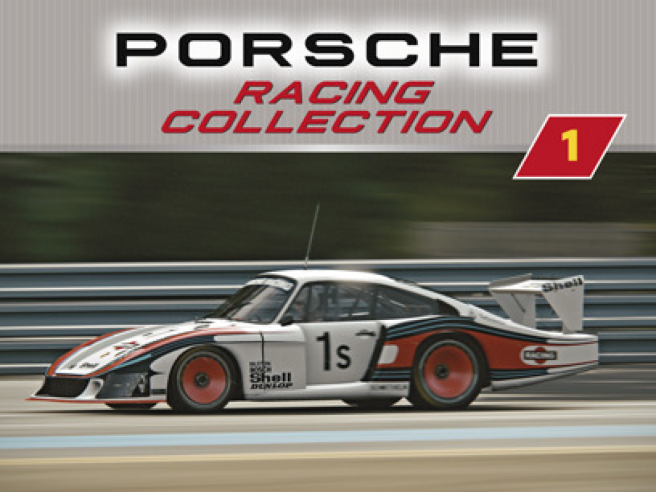
06/05/2024
PORSCHE 935/78 « Moby Dick »
Trois ans d’évolution pour arriver à 850 ch de puissance
Read more
05/05/2024
PORSCHE 911 CARRERA 2.8 RSR
A SINGLE MOTTO : REDUCE WEIGHT AND GET MORE HORSEPOWER FROM THE ENGINE
Read more
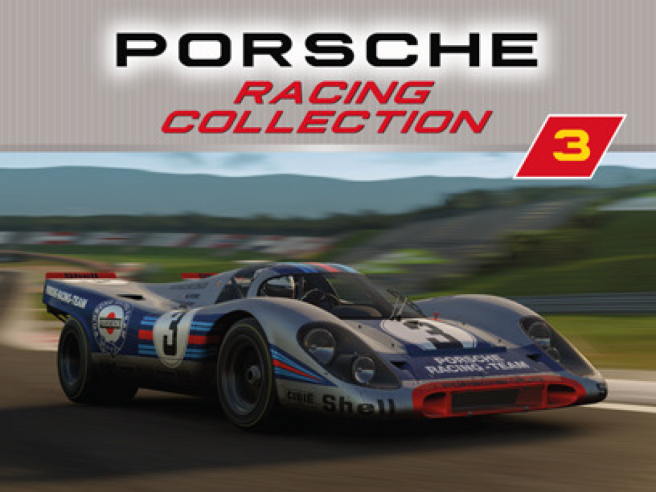
01/05/2024
PORSCHE 917 kH
The most refined engine never created by porsche
Read more


 English
English français
français Deutsch
Deutsch español
español italiano
italiano português
português